Cold War Games: U.S. Is Unprepared To Test The Waters In Icy Arctic (#GotBitcoin)
Navy explores expansion of operations in far North, going head-to head with rivals Russia and China. Cold War Games: U.S. Is Unprepared To Test The Waters In Icy Arctic (#GotBitcoin)
The Navy is planning to expand its role in the Arctic as climate change opens up more ocean waterways and the U.S. vies with great-power rivals Russia and China for influence in the far north.
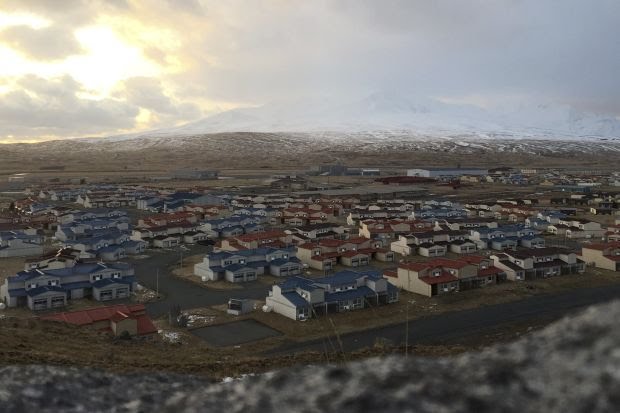
A Navy warship will sail through Arctic waters in coming months on what’s known as a freedom of navigation operation, or FONOP, said Navy Secretary Richard Spencer in an interview with The Wall Street Journal this week. It will be the first time the Navy has conducted such an operation in the Arctic.
The Navy also is planning to station resources in Adak, Alaska, which would mark a return to the onetime World War II and Cold War base that operated from 1942 to 1997, when U.S. troops were withdrawn. The new detachment could include surface ships and P-8 Poseidon patrol and reconnaissance aircraft, he said.
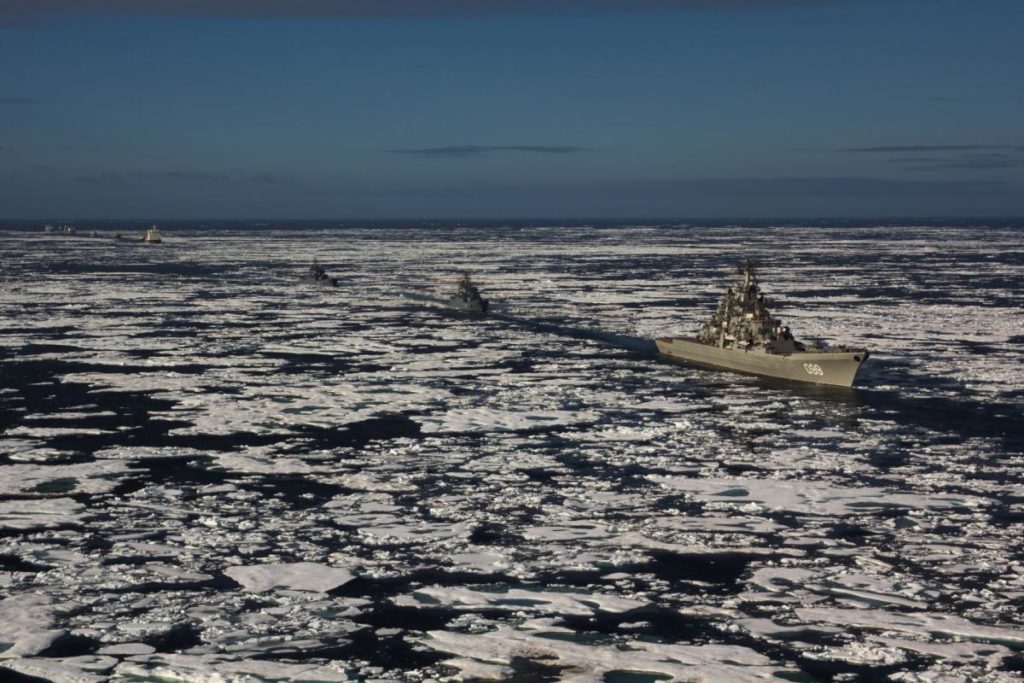
“The concept is, yes, go up there,” Mr. Spencer said, adding that plans for new Arctic operations are in early stages. “We’re developing them as we speak,” he said.
The Arctic has become a markedly more contentious military and commercial environment as the changing climate has led to greater ice melt in the summer, opening more navigable waterways and leading to greater sea traffic in once-impassable lanes.
The National Snow and Ice Data Center found that 2018 saw the third-lowest Arctic ice level since satellite data collection began in the late 1970s, part of an adverse trend the center says threatens to further accelerate global warming and negatively affect climate patterns.
This could open up more trans-Arctic maritime routes, according to the Government Accountability Office, allowing exploration of untapped petroleum reserves and threatening the borders of countries once insulated by thick ice off their coasts.
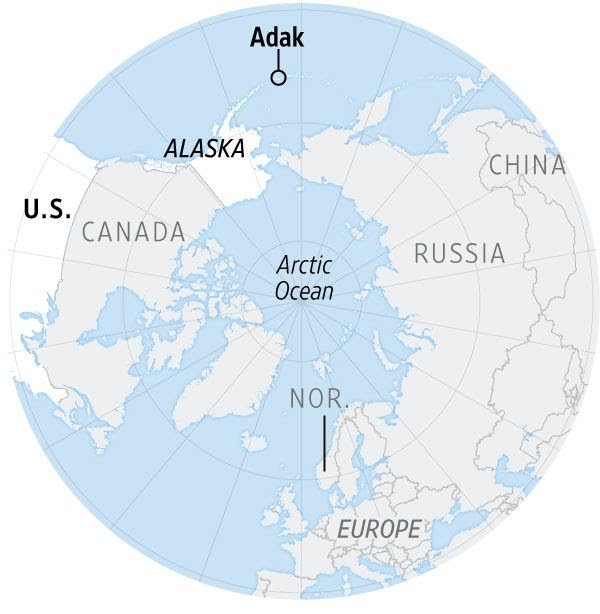
The U.S. and allied militaries have used freedom of navigation operations around the world to assert the rights of ships from the U.S. and elsewhere to operate freely in waterways where there are territorial disputes, hoping to discourage or counter excessive claims.
Dozens of such operations in the South China Sea have targeted excessive Chinese maritime claims around islands and outposts across the region.
The Arctic mission will be the first time the U.S. Navy will undertake a FONOP in the Arctic, according to Cmdr. Jereal Dorsey, a Navy spokesman. Mr. Spencer said that the planning hasn’t yet addressed which ports would be visited or which ship will be used.
Russia has long worked to develop its Arctic capabilities because of its lengthy northern coastline and use of Arctic waters for trade and national defense, including establishment of military bases.
China, which has declared itself a near-Arctic power, issued a comprehensive Arctic policy last year that included a desire to build a “polar silk road” and to ensure its freedom to operate in the region.
Adak, which sits at the end of the Aleutian Islands near Russia, once served as a U.S. naval facility and still has a functioning airstrip used for commercial flights. The base was closed in the 1990s as part of the Base Realignment and Closure Program, better known as BRAC.
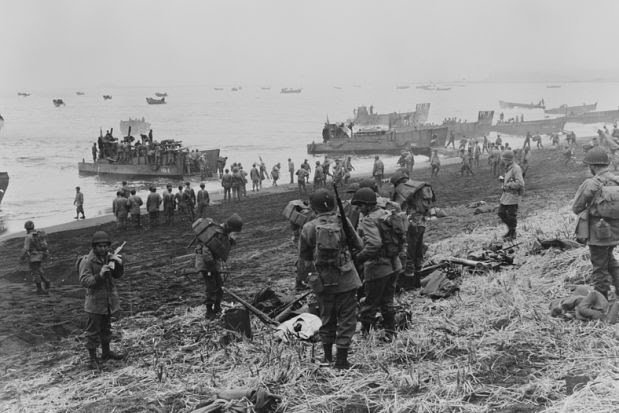
The decommissioned naval station was taken over in 2003 by the Aleut Corporation, founded in the 1970s to settle Alaska-native claims against the federal government.
With only a few thousand acres of the island still under government control, the Navy is currently in talks with the corporation, Mr. Spencer said. The Aleut Corporation didn’t respond to a request for comment on the matter.
The Navy’s planning is part of a broader move by the U.S. military to expand its influence in a region it has discounted, according to experts and military officials, and doing so is likely to pose a series of challenges.
Expanded military operations in the far north will require coordination with the Coast Guard, which handles a large portion of search-and-rescue missions and other U.S. surface capabilities in the Arctic. Mr. Spencer hasn’t said whether the Navy plans to move into some of these roles, but has said the Navy will work with the Coast Guard.
The Coast Guard also operates the only U.S. icebreaker in the region, a cause of concern among some lawmakers and defense officials because Russia operates dozens of icebreakers and the Chinese are building a fleet of such vessels.
The most recent U.S. defense budget includes authorization for new icebreakers, though the first one won’t be ready for use for years.
Ships that regularly sail in icy waters must be ice-hardened or winterized, to withstand the pounding and stress of thick ice and cold temperatures.
The Navy’s current fleet hasn’t been designed to operate in icy waters, the GAO said, but some experts and lawmakers have said the issue will have to be addressed.
The Navy is preparing changes to its official Arctic operations policy to include a broader focus on surface warfare, Mr. Spencer said. Existing policy focuses in large part on the Navy’s submarine and air patrol capabilities—not surface navigation.
Sen. Dan Sullivan (R., Alaska) said in an interview that surface navigation was important to emphasize the U.S. role as an Arctic nation.
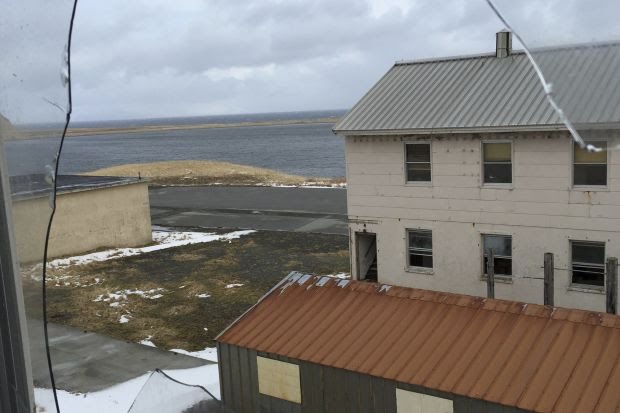
“I’ve been pressing them to do something—not just with submarines,” Mr. Sullivan said. “It kind of defeats the purpose if you can’t see it.”
The Navy has moved to expand its footprint in the Arctic region in other ways recently. It launched what officials called the Second Fleet in August to focus on the North Atlantic and on expanding Marine Corps training for extreme cold-weather operations.
Currently, 600 Marines are training in Norway, with that country’s forces, and are preparing for land warfare in Arctic conditions, part of a longstanding commitment to such operations.
The coming Arctic freedom of navigation operation and plans for expanded missions in the far north are planned, in part, to better understand how to work and operate in the extreme cold, Mr. Spencer said.
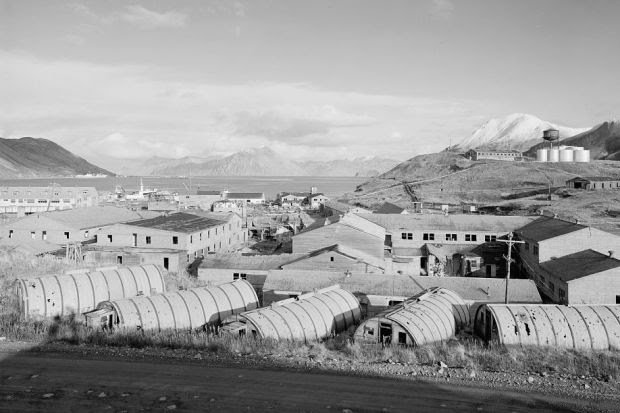
“We’ve got to get up there and learn,” he said. “There’s no other way to do it.”
Updated: 7-29-2020
U.S. Names Arctic Policy Czar To Keep Tabs On China, Russia
Career diplomat James DeHart tapped to bolster the U.S. position in the Arctic, including repelling Beijing’s advances.
The State Department has tapped a career diplomat to coordinate efforts to bolster the U.S. position in the Arctic, including repelling China’s advances and capitalizing on commercial opportunities there.
James DeHart begins work Wednesday as the first U.S. coordinator for the Arctic region, representing the State Department in a Trump administration campaign encompassing several U.S. government departments and agencies.
He will report directly to Secretary of State Mike Pompeo and Deputy Secretary Stephen Biegun, advising them on Arctic policy and engaging other Arctic nations in regional talks.
“A year or two from now, I think people are going to look back on the period of time that we’re in now and recognize it as a pivot point for us on the Arctic,” Mr. DeHart said in an interview. “We’re launching a comprehensive and integrated diplomatic strategy and engagement with the Arctic.”
Ice melt due to climate change has U.S. officials, as well as China and Russia, eyeing opportunities for resource extraction and shipping. Meanwhile, other regional powers have focused on the dangers posed by climate change—a discrepancy that hindered consensus at last year’s Arctic Council meeting.
In that context, the U.S. aims to maintain the Arctic as a site of peaceful cooperation, to guard against threats to national security, Mr. DeHart said, and to support economic growth and development in a manner consistent with international norms and “responsive to the needs of the local communities, including the indigenous communities throughout the Arctic.”
In a speech at the Arctic Council meeting last year in Rovaniemi, Finland, Mr. Pompeo warned against Chinese encroachment in the region and challenged Beijing’s assertion of its status as a “near-Arctic” state.
More recently, a Chinese state-owned firm’s purchase of a gold mine in the Canadian Arctic has raised alarm.
China’s pursuit of what its officials have referred to as the Polar Silk Road is cause for concern, Mr. DeHart said, noting that Beijing’s approach to infrastructure investment elsewhere is “a model that doesn’t fit well into the Arctic, from our perspective and I think from the perspective of our close partners in the region.”
Beijing has acknowledged that Chinese territory doesn’t touch the Arctic Circle, but says China is a stakeholder in Arctic affairs and has an interest in developing shipping, carrying out scientific research and exploiting the region’s oil, gas, minerals, fisheries and other natural resources.
By contrast, Russia is an Arctic power, and has collaborated with the U.S. and other countries in the region on search and rescue, pollution, and disaster response, Mr. DeHart said.
Deteriorating relations with Russia since its 2014 invasion of Ukraine have complicated matters, and Moscow is “becoming increasingly active” in the Arctic, including on security issues, he said.
The U.S. aims to maintain the region as a zone of international cooperation, but also recognizes that “the Arctic is NATO’s northern flank,” he said.
Noting that the department’s Bureau of European and Eurasian Affairs has most of the Arctic nations in its portfolio and the Bureau of Oceans and International Environmental and Scientific Affairs works on the “soft side” of Arctic issues, Mr. DeHart said, “I don’t plan to crowd anybody out.”
The creation of the post is the latest in a series of administration actions on the Arctic, including the White House’s plans to acquire a fleet of icebreakers; the June 10 reopening of the U.S. consulate in Nuuk, Greenland; and Mr. Pompeo’s recent meetings in Copenhagen with the Danish, Greenlandic and Faroese foreign ministers.
Mr. DeHart has held senior posts in Washington and abroad during his 28 years in the foreign service, including as deputy chief of mission in Norway and as assistant chief of mission in Afghanistan. He most recently served as a senior adviser for security negotiations and agreements in the department’s political-military affairs bureau.
In that capacity, he represented the U.S. in negotiations with South Korean officials over cost-sharing for the American military presence on the Korean Peninsula.
Recent U.S. actions are part of a long-term plan for the region, Mr. DeHart said, as the nation’s interests in the Arctic are ongoing.
“Our involvement is not a flash or a moment in time,” he said. “This is really an enduring commitment here that we have to the region, and I think that we’re all going to see this sustained.”
Updated: 10-11-2020
Russia’s Siberian Waters See Record Ship Traffic As Ice Melt Accelerates
The Northern Sea Route is becoming a highway to move Russia’s oil and natural gas exports while some global carriers shy away.
The Arctic has gone through its warmest summer on record, and with the ice melting, more ships than ever are sailing along Russia’s Siberian coast, underscoring its role as a growing energy transport corridor and potential as a new ocean trade route.
The Northern Sea Route, which runs from Alaska to the Baltic Sea, counted 71 vessels and 935 sailings across the waterway from January to June this year, according to the NSR information office.
That was up by double digits from the same period a year ago and a big increase from the 47 vessels and 572 voyages in the same period of 2018.
The mostly frozen seaway is used in warmer seasons to move some of Russia’s energy exports to overseas markets. Container ships and general cargo vessel operators also have used the route to move goods between Asia and Europe as it cuts an average 10 days of sailing time compared with the standard route through the Suez Canal.
Freight transport on the NSR is at its highest from July to November. Some sailings also take place in the rest of the year, and the Russian government expects largely ice-free year-round trips starting in 2024.
“There are many more ships because the ice is thin and you can sail without the help of icebreakers,” said Arne O. Holm, editor in chief of the Norway-based High North News, which monitors the NSR. “The NSR needs a lot of investment to attract bigger cargo vessels, but activity is picking up, and if the ice keeps melting it will be another option to move cargo from northern China to Europe.”
The National Snow and Ice Data Center, a private science research group supported by U.S. government agencies, said in September that this summer was the warmest on record in the Arctic, with the extent of sea ice across the entire Arctic shrinking to 3.74 million square kilometers, or 1.44 million square miles.
That’s not much more than half the average ice cover of 6.7 million square kilometers measured from 1979 to 2000.
“There was no ice at all across the coastline in September, no need for icebreakers or ice-hardened vessels,” said Nikos Papalios, a mechanic on a crude tanker that sails the NSR.
“It stayed above freezing for 10 days, from the port of Sabetta to the Bering Strait, and it was pleasant to sit on the deck. It felt out of place,” Mr. Papalios said.
Most vessels operating in the NSR are natural gas carriers and oil tankers carrying exports to European and Asian customers from Novatek’s Yamal liquefied natural gas project and Gazprom’s Novy Port crude oil project at the Yamal Peninsula along Russia’s northern coast.
These heavily reinforced ships are built to move through ice-filled waters and can cost more than $200 million each, more than twice the price of similar-size ocean vessels.
Russian President Vladimir Putin has said the NSR will be key to develop the Arctic and become a global transport route.
The Russian government expects cargo volumes across the waterway will reach 32 million metric tons this year, up 78% from 18 million metric tons in 2018. Novatek expects to ship about 52 million metric tons of LNG a year by 2030.
Updated: 5-23-2021
Arctic-Superpower Jostling Heats Up As Russia Takes On Key Role
Russia’s Sergei Lavrov claimed this week that “this is our land and our waters” as NATO allies boost military activity.
A battle of words between top Russian and U.S. diplomats this week is the latest sign of rising tensions between superpowers racing to seize Arctic resources made more accessible by climate change.
Ministers gathering in the Icelandic capital Reykjavik for a meeting of the Arctic Council weren’t due to discuss security. But the issue dominated conversations on the sidelines after Russia’s Foreign Affairs Minister Sergei Lavrov declared ahead of the summit that the Arctic “is our land and our waters.”
“We are especially concerned with what’s going on close to our borders,” Lavrov said on Thursday after journalists asked him about what Russia sees as increased U.S. military activity in the region. “We are going to undertake necessary measures in order to ensure our security, but our priority is to ensure dialogue.”
At the summit this week, which marked Iceland’s handover of the Arctic Council presidency to Russia for the next two years, most representatives called for the eight-nation body to remain focused on peaceful cooperation. But Lavrov signaled that Russia could take a different approach.
“Within the next two years we will create proper conditions so proper security will be part of the work of the Arctic Council,” he said. “We believe we can revitalize this mechanism if we decide so.”
The Arctic is one of the regions most affected by climate change and is warming more than twice as fast as the rest of the world.
Ice that used to cover the region’s waters for most of the year is shrinking and thinning. That’s opening new shipping routes and creating the prospect of easier access to once-trapped resources such as natural gas, oil and minerals.
Superpowers including Russia have rushed to claim some of these assets, leading to a stronger military presence that has resulted in a series of confrontations.
Last year, Russian planes buzzed U.S. fishing boats on the northern Bering Sea during a military exercise. In February, the U.S. deployed bombers to Norway for the first time, strengthening its presence in the region, and the two countries signed a new agreement in April to boost military cooperation.
“The Arctic as a region for strategic competition has seized the world’s attention, but the Arctic is more than a strategically- or economically-significant region” U.S. Secretary of State Antony Blinken said at the Arctic Council’s meeting on Thursday. “Its hallmark has been and must remain peaceful cooperation.”
The council, which gathers the eight Arctic nations— Canada, Denmark, Finland, Iceland, Norway, Russia, Sweden and the U.S.—as well as indigenous peoples, has no mandate to address security matters.
These used to be negotiated at a separate Arctic Security Forces Roundtable, but Russia was removed from that forum, as it was from the Group of Eight advanced economies, following its annexation of Crimea from Ukraine in 2014.
The region doesn’t have a history of military conflicts because it’s difficult to access and its harsh climate makes it hard to position soldiers there. That’s changed as ice melts and countries try to get a foothold in the area, said Kate Guy, a senior fellow at the Council on Strategic Risks, a Washington-based nonprofit.
The Arctic is home to about 30% of the world’s undiscovered but recoverable gas reserves and 13% of undiscovered oil reserves, according to a report co-authored by Guy that was published this week.
Private shipping activity has increased 25% in recent years. Having more tankers and fishing boats in the waters could lead to more accidents, with search and rescue operations often performed by the military, the report found.
Russia is making the so-called Northern Sea Route, which runs along its Arctic coastline, a key part of its strategy to boost natural gas exports to Asia. At the same time, China has signaled its interest in small islands such as Svalbard, Guy said.
Armed forces are also upgrading their facilities in the region as permafrost, the frozen ground that covers most of Arctic land, thaws. The U.S. Department of Defense has already requested over $1 billion to retrofit and repair three Alaskan bases in the past five years, according to the report.
“We’re concerned about the level of recent angry and provocative rhetoric,” James Stotts, president of the Inuit Circumpolar Council in Alaska, said at the summit. “We don’t want to see our homeland turned into a region of competition and conflict, we don’t wish to see our world overrun with other people’s problems.”
Updated: 5-24-2021
As The Arctic Heats Up, How To Keep The Peace
Global warming has increased human activity at the top of the world, and fueled interest from non-polar China. How it’s overseen must reflect that.
Soviet leader Mikhail Gorbachev, back in 1987, called for the Arctic to be a “zone of peace” — and it has been. Yet warmer temperatures are heralding ice-free summers, opening up all sorts of economic opportunities from potential oil and gas riches to new shipping routes.
Military might is being cranked up, too. Decades of harmonious exceptionalism may be coming to an end.
It is still possible to shield the region from rising tensions elsewhere. That will require rethinking the role of states without polar territory, China among them, and creating an informal venue for security discussions that includes sanctions-hit Russia.
The eight Arctic states, including the U.S., Canada and Russia, must also take real action to tackle the region’s greatest threat: climate change.
A statement after this week’s Arctic Council meeting made multiple mentions of global warming, but tough national targets need to match that talk.
It won’t be an easy balance to strike. Russia’s Foreign Minister Sergei Lavrov warned against encroachment ahead of the Council meeting, which included government ministers from the region. “This is our land and our waters,” he said, before Moscow officially took the two-year rotating leadership of the Council. Framing the discussion as raw competition helps no one.
Fortunately, there’s a track record of substantive cooperation. A “race for resources” narrative underplays the real cost of extracting oil in the Arctic, despite oft-cited estimates of untapped mineral wealth.
New shipping routes such as the Northern Sea Route along the Russian Arctic coast are swifter and matter greatly for fossil fuels.
But practical difficulties like pricier fuel bills, the need for stronger hulls and crews trained to deal with unpredictable sea ice mean these routes aren’t about to displace other options.
Nevertheless, the Arctic is changing fast. Temperatures have warmed at three times the global average over the past 50 years, according to the Council. Shrinking sea ice will probably make matters worse as more heat is absorbed, rather than reflected back. Melting permafrost has already contributed to one of Russia’s worst fuel spills. Pathogens are a major concern.
The surge in human activity increases the risk for misunderstandings and accidents. There are more soldiers and military hardware as Russia builds up capacity, resuming operations at Soviet-era bases.
The U.S. reestablished the Navy’s Second Fleet, responsible for the northern Atlantic Ocean, and is adding icebreaker capacity. In February, Denmark said it would invest in drones and radar for Arctic surveillance.
It’s a very different place than it was in 1996, when the Council, the closest thing to a regional governing body, was set up.
So what needs to be done? First, recognize the change. No one denies the rights of Arctic states and we won’t see a wholesale revamp of the consensus-run structure.
But the Arctic doesn’t exist in a vacuum. Beijing’s inflated language on its Arctic policy has done it few favors, but Mike Pompeo, former U.S. Secretary of State, was wrong to say that China, and by extension other outsiders, were entitled to “exactly nothing.”
A proliferation of issue-specific arrangements show the need for a broader approach, albeit one with the Council at its core. It’s significant that Lavrov mentioned the need to “evaluate” and “improve” the observer nation set-up that allows some countries from outside the region to take part, even if it’s less clear what he has in mind. A stronger Council needs this.
Russia wasn’t keen to allow China observer status in 2013, but Beijing is a key investor in Russian Arctic ventures such as the Yamal LNG project.
As Elana Wilson Rowe at the Norwegian Institute of International Affairs says, it’s unclear how Moscow can keep pursuing an independent policy in the region and keep Beijing at arm’s length as China becomes more integral to the Arctic’s development.
Where security is concerned, something has to be done to foster dialogue and ensure more frequent armed forces’ maneuvers don’t lead to confrontation. Military affairs are explicitly outside the Council’s mandate.
Yet sideline discussions bridging Western and Russian interests stopped after the annexation of Crimea in 2014, and activity has hardly cooled since. Informal meetings or expert discussions are overdue — in a set-up that explicitly doesn’t exonerate Russia’s actions elsewhere, as Mathieu Boulegue of Chatham House points out. A code of conduct is also essential.
Updated: 5-26-2021
Arctic Wildfires Are Back With Record Blazes In Western Siberia
Scientists are worried about the intensity of fires this early in the season.
This year’s fire season in the Arctic started with intense activity in western Siberia and Canada, and a below-average number of blazes in eastern Siberia.
The boreal fire season, which typically runs from May to October, started earlier this year with the first blazes recorded in April, according to a report by the Copernicus Atmosphere Monitoring Service.
Europe’s Earth observation agency registers the daily number of incidents and total estimated emissions using satellites.
“While it isn’t uncommon to see some wildfires during spring in high latitudes, it is difficult to predict what we may expect during the summer,” said Mark Parrington, a senior scientist and wildfire expert at Copernicus. The intense activity in western Siberia this early in the season is raising concerns among scientists.
The Arctic suffered the worst wildfire season on record for the second year in a row in 2020, with greenhouse gas emissions from blazes rising to the highest ever. Last year a prolonged heatwave hit the region, which is warming almost three times as fast as the rest of the world.
Thermometers in one town hit 38 degrees Celsius (100°F) in June and in July, while average temperatures were more than 5°C higher than the historical level.
Fire activity at the start of this season was more intense in regions that also posted higher-than-average temperatures, and lower where temperatures were cooler, according to Copernicus.
Wildfire emissions in the area around the city of Tyumen in western Siberia were the second-highest between April 1 and May 24, while pollution around Omsk was the third-highest ever. In Canada, larger-than-average wildfires burnt in Manitoba and Ontario.
Updated: 6-23-2021
Melting Arctic Ice Pits Russia Against U.S. And China For Control Of New Shipping Route
Warming in the Arctic is opening a shipping passage through Russia’s northern waters that could put the country at the center of new Asia-to-Europe trade routes.
Melting ice in the Arctic Ocean is bringing a centuries-old dream closer to reality for Russia: a shipping passage through its northern waters that could put it at the center of a new global trade shipping route.
After one of the warmest years on record, the Kremlin is near to realizing its controversial plans for a global shipping route in its high north—plans that have put Moscow at odds with the U.S. and could create friction with China, two countries that also have designs on the Arctic.
Warming in the Arctic is happening twice as fast as the rest of the planet. Last year, ice coverage reached some of the lowest levels ever recorded, and it is only expected to shrink further in 2021.
That is pushing Moscow to build infrastructure along the route, which can cut the distance of trips between Europe and Asia by a third compared with shipping through the politically fraught South China Sea or congested Malacca Straits currently used for cargo.
This year’s shipping season on the passage, which spans Russia’s expansive Arctic coast, started earlier than ever before, in February, when the liquid-natural-gas carrier Christophe de Margerie sailed from China to the northern Yamal peninsula.
The voyage followed an unprecedented nearly eight-month shipping season last year, giving Russia a taste of what the future could hold for the Northern Sea Route if traffic continues to grow.
A host of issues remain, such as icebreaker escort tariffs, transit costs and navigational unpredictability in the Arctic Circle. But an opening of the passage would put Russia at the center of a new global shipping route for energy supplies and cargo.
Moscow says it has the right to restrict passage and set prices for transit, and the route would also give it an important bargaining chip in its ties with China—one of the biggest beneficiaries of the 3,500-mile long passage.
“We have to see what the future holds, but it could very well look a lot like this,” said Alexander Alyoshkin, head of shipping for the transport division of SUEK, Russia’s biggest coal company.
Mr. Alyoshkin said the company had planned one test-run shipment to China across the route last year from its port at Murmansk, but boosted that number to six: “In June, when we saw over satellite that there is practically no ice on the Northern Sea Route, we started to plan for a few more runs, then a few more.”
“This year we’ll do more, as many as we can,” he said.
The U.S. says Russia doesn’t have the right to regulate traffic through the waters and environmentalists say heavy shipping on the waters could cause untold damage to the high north’s fragile ecosystem.
But with other shippers, including the Chinese, interested in exploring the route, Russia has pushed ahead with plans.
So far this year, traffic regulated by the Russian government is up 11% from the record 1,014 trips made last year. That is a drop in the ocean for global shipping that sees some 60,000 vessels every year.
Last year’s traffic was up more than 25% from 2019 with 33 million tons of cargo, oil and liquefied natural gas, and Moscow expects that number to grow. Russian President Vladimir Putin has said he wants cargo to double to 80 million tons by 2024.
During his summit with U.S. President Joe Biden in Geneva on June 16, Mr. Putin said the two leaders talked about the project where Moscow, which has more nuclear icebreakers than any other country in the world, has developed a new class of vessels.
“Navigation will become practically year-round due to climate change,” Mr. Putin said. The two leaders spoke at length about the Arctic, where the U.S. has accused Russia of militarizing the region by reopening old Soviet-era bases. Mr. Putin called the accusations groundless.
The scope of the project, expected to cost around $11.5 billion, highlights Moscow’s great ambitions in the Arctic.
The State Atomic Energy Corporation, or Rosatom, which manages a fleet of nuclear icebreakers that can cut through ice up to 10-feet thick, is drafting plans to station personnel along the route, boost port infrastructure along the shipping lane to allow for loading, and provide navigational and medical aid for ships.
It has already stationed one floating nuclear-power plant on the route, to help with onshore construction.
“The Arctic region is quite a unique one so we must think about infrastructure in a complex way,” said Polina Lion, chief sustainability officer at Rosatom.
Russia still has a way to go in upgrading its network of dilapidated, Soviet-era ports along the route to provide for loading and refueling.
A British mining company, Kaz Minerals, has agreed to build a port on the eastern tip of the route to export gold and copper from a newly acquired asset, said Alexey Chekunkov, minister of development for the Arctic and Far East. The port will be open to other ships passing, he said.
But shippers remain cautious.
China is watching progress but hasn’t yet made any commitments to invest in the passage or give cargo guarantees. China’s state shipper, COSCO, carries out around nine test runs every year, but the amount of Chinese shipping could rise, said Ms. Lion, as some companies are already in talks to guarantee some annual shipping volumes.
Beijing is eyeing the route in case weather makes navigation more predictable or if other trade routes in the South China Sea are disrupted by tensions with the U.S. or its allies.
Moreover, “There is a certain interest in the NSR from the Chinese Navy for strategic mobility to move troops between Pacific to Atlantic theaters,” said Vasily Kashin, an expert on Russia-China relations at the Moscow-based Higher School of Economics.
“And they do have this interest in establishing their presence on the Atlantic.”
Russia has already boosted its military presence in the Arctic and along the Northern Sea Route, but the U.S. says Moscow’s legal jurisdiction doesn’t extend to the waters where the Kremlin is working to develop the passage.
“Unlawful regulation of maritime traffic along the Northern Sea Route undermines global interests, promotes instability, and ultimately degrades security in the region,” a U.S. naval strategy paper on the Arctic said earlier this year.
Russian authorities are still determining the transparent tariff duties, both for transit and for icebreaker escorts along the passage, that are key to attracting both investment and cargo.
Traffic on the route, however, is already guaranteed by Russia’s increasing production of Arctic oil and gas. The majority of vessels carry LNG from the port of Sabetta, where gas from Russian energy giant Novatek’s Yamal project is loaded for consumers in Europe or Asia. Crude from Rosneft’s planned Vostok oil field project will also be sent along the route when it comes onstream.
But Russia has yet to convince Europe’s biggest shippers about the Northern Sea Route.
The Danish integrated shipping company, Maersk, which made a test run of the passage in 2018, said it isn’t pursuing the route as a feasible alternative to current shipping passages, citing possible environmental damage to the fragile Arctic ecosystem.
Hapag-Lloyd AG , the German international shipping and container transportation company, has also said it isn’t interested.
Still, Russia says it will be able to bring Western shippers on board if the route proves predictable, and Mr. Chekunkov says the use of nuclear-powered icebreakers to help with escorts won’t add to carbon emissions in the high north.
“The dream, of course, is the dream of a regular container line. We are not there yet,” said Mr. Chekunkov. “But I’m a believer.”
Updated: 10-08-2020
Russia’s Siberian Waters See Record Ship Traffic As Ice Melt Accelerates
The Northern Sea Route is becoming a highway to move Russia’s oil and natural gas exports while some global carriers shy away.
The Arctic has gone through its warmest summer on record, and with the ice melting, more ships than ever are sailing along Russia’s Siberian coast, underscoring its role as a growing energy transport corridor and potential as a new ocean trade route.
The Northern Sea Route, which runs from Alaska to the Baltic Sea, counted 71 vessels and 935 sailings across the waterway from January to June this year, according to the NSR information office. That was up by double digits from the same period a year ago and a big increase from the 47 vessels and 572 voyages in the same period of 2018.
The mostly frozen seaway is used in warmer seasons to move some of Russia’s energy exports to overseas markets. Container ships and general cargo vessel operators also have used the route to move goods between Asia and Europe as it cuts an average 10 days of sailing time compared with the standard route through the Suez Canal.
Freight transport on the NSR is at its highest from July to November. Some sailings also take place in the rest of the year, and the Russian government expects largely ice-free year-round trips starting in 2024.
“There are many more ships because the ice is thin and you can sail without the help of icebreakers,” said Arne O. Holm, editor in chief of the Norway-based High North News, which monitors the NSR. “The NSR needs a lot of investment to attract bigger cargo vessels, but activity is picking up, and if the ice keeps melting it will be another option to move cargo from northern China to Europe.”
The National Snow and Ice Data Center, a private science research group supported by U.S. government agencies, said in September that this summer was the warmest on record in the Arctic, with the extent of sea ice across the entire Arctic shrinking to 3.74 million square kilometers, or 1.44 million square miles. That’s not much more than half the average ice cover of 6.7 million square kilometers measured from 1979 to 2000.
“There was no ice at all across the coastline in September, no need for icebreakers or ice-hardened vessels,” said Nikos Papalios, a mechanic on a crude tanker that sails the NSR.
“It stayed above freezing for 10 days, from the port of Sabetta to the Bering Strait, and it was pleasant to sit on the deck. It felt out of place,” Mr. Papalios said.
Most vessels operating in the NSR are natural gas carriers and oil tankers carrying exports to European and Asian customers from Novatek’s Yamal liquefied natural gas project and Gazprom’s Novy Port crude oil project at the Yamal Peninsula along Russia’s northern coast. These heavily reinforced ships are built to move through ice-filled waters and can cost more than $200 million each, more than twice the price of similar-size ocean vessels.
Russian President Vladimir Putin has said the NSR will be key to develop the Arctic and become a global transport route.
The Russian government expects cargo volumes across the waterway will reach 32 million metric tons this year, up 78% from 18 million metric tons in 2018. Novatek expects to ship about 52 million metric tons of LNG a year by 2030.
Brokers said container ships and bulk carriers operated by Cosco Shipping Holdings Co. Ltd., Nordic Bulk Carriers A/S and Norway-headquartered Golden Ocean Group are active in the waterway. Denmark’s A.P. Moller-Maersk, the world’s biggest container ship operator, sent a 3,600-container ship from Vladivostok in the Russian Far East to St. Petersburg in late 2018 laden with frozen fish to explore the NSR’s potential.
But there are limits to the waterway’s potential role in global trade.
Cargo between Asia and Europe is handled by massive ships that can carry more than 20,000 containers each. Parts of the NSR are too shallow for anything larger than a 5,000-container vessel and there are no transshipment ports.
Early hopes of big Chinese infrastructure investments also are fading. State-owned transport giants like Cosco and China Merchants Holdings Ltd. are pouring billions into linking ports with roads and rail to connect Asia and Europe under the Belt and Road Initiative rather than step up investments in the Northern Sea Route.
French container ship major CMA CGM SA and German counterpart Hapag-Lloyd AG have said they won’t send ships on the NSR, citing concerns over the environmental protections.
“The NSR is growing and it’s good if you want to move boxes quickly at a single destination port. But it’s not going to replace the Suez Canal,” a senior Cosco official said.
Updated: 1-13-2022
Danish Spy Agency Frets Over Arctic Operations By China And Russia
Danish intelligence service warned China and Russia are looking to destabilize parts of the Kingdom of Denmark, including Greenland, as these nations’ geopolitical ambitions in the Arctic region are growing.
Espionage and influence operations by Chinese and Russian spy services, including via cyber attacks, pose a threat against authorities, companies and research bodies in Denmark and the semi-autonomous Faroe Islands and Greenland, Danish security and intelligence service PET said on Thursday in its first publication assessing such risks.
“The kingdom is particularly vulnerable in that regard as Chinese or Russian intelligence services can exploit controversial topics to try to create tensions in or between the three parts of the kingdom or complicate relations with allies, particularly the U.S.,” the agency said.
Greenland and the Faroe Islands are strategically located on the pathway between the Arctic and the North Atlantic. Denmark’s primary security ally, the U.S., has its northernmost base on Greenland and the island’s natural resources have further boosted the interest from Russia and China.
Tensions between Denmark and Greenland, which has a strong independence movement, have grown recently.
The island’s new government, appointed after last year’s general election, has urged to demilitarize Greenland and rejected a 1.5 billion kroner ($230 million) deal struck by the Danish parliament to boost defense spending in the Arctic.
The previous government wanted to attract foreign companies, such as Chinese-backed Greenland Minerals, which were looking to tap the island’s rare-earth metals.
Updated: 6-15-2022
A Warming Arctic Emerges As A Route For Subsea Cables
So far, work is only possible in the summer months. But companies see the remote, fragile north as a future hub of crisscrossing digital infrastructure links.
Northern countries are racing to build undersea communications cables through the waters of the Arctic, as shrinking ice coverage opens the region to new business opportunities and heightens geopolitical rivalries between Russia and the West.
Planned cables by a group of Alaskan, Finnish and Japanese companies as well as by the Russian government are competing to create better digital infrastructure in a fragile yet increasingly vital area for defense and scientific research.
Subsea cables, bundles of fiber-optic lines, carry about 95% of intercontinental voice and data traffic. There are currently over 400 such cables, with signal delay roughly proportional to the length of each cable.
Because the geographical distance between continents is less at the Arctic than further south, a cable through the region would promise faster communications, experts say. The possibility of a route has become more feasible as accelerated warming has opened the area to development.
A bank in London transmitting data to Tokyo could do so 30% to 40% faster via an Arctic route than through existing routes which go from London and head East crossing Egypt, said Tim Stronge, analyst at subsea cable analysis firm TeleGeography.
Industries like defense, petroleum, gas and fishing as well as scientists doing climate research in the Arctic would all benefit from faster communications, he said, adding that communities living there would also have better internet access.
Alaskan company Far North Digital LLC, which is partnering with Finland’s Cinia Ltd. and Japan’s Arteria Networks Corp., plans to build a cable through the Northwest passage, the route that curls around northern Alaska and scattered Canadian islands and loops under Greenland, linking the Atlantic with the Pacific.
The company expects to deploy ships to begin survey work in the summer of 2023.
The proposed Far North Fiber route, which aims to be operational by the end of 2026, would travel approximately 14,000 kilometers, or 8,699 miles, east from Japan, through the Northwest passage and then on to Europe, according to Ethan Berkowitz, a co-founder of Far North Digital. The project has been in the works for several years, he said.
Mr. Berkowitz said the project has obtained an engineering, procurement and construction contract from Alcatel Submarine Networks and begun the permitting process “at various locations around the route.” The companies are in advanced talks to finance the project, he said, which is expected to cost approximately 1 billion euros, or $1.04 billion.
Far North Digital is hardly the only company staking a claim on the Northern frontier. A Russian state company, Morsvyazsputnik, made headlines in August when it said it started construction on a 12,650-kilometer cable around its northern and eastern coast.
The Russian government has been quiet about it since then. TeleGeography’s Mr. Stronge commented, “It’s our understanding from industry sources that certain segments are active.”
As the Arctic’s melting opens the region to economic opportunity, the area has become increasingly politicized and geo-economically competitive, said Tim Reilly, a research fellow at the University of Cambridge’s Scott Polar Research Institute. Russia’s war in Ukraine further heightened those tensions, he said.
“The strategic issue is the quiet, vicious fight for governance of the region using technological means instead of outright conflict,” Dr. Reilly said.
Nima Khorrami, a Stockholm-based research associate at The Arctic Institute, commented, “Having control over the passage of data, that, in and of itself, is a source of power.”
The cables represent an intelligence, strategic and economic advantage, said Dr. Reilly. They could help countries manage and intercept big data, better control space-based missile guidance systems and satellites that deliver content and services as a means of global influence, he said.
“With the likely admission of Finland into NATO, as well as Sweden, it is going to enable communications that we wouldn’t otherwise have,” said Mr. Berkowitz. “This route is more secure and less dependent on the good graces of non-NATO members.”
But building a subsea cable in frigid Arctic waters is no small feat, according to Matt Peterson, chief technology officer of Quintillion Subsea Operations, LLC, which operates a 1,180-mile subsea cable around the coast of Alaska.
The first difficulty is that cable can only be built or worked on during the summer months when ice sheets don’t cover the water’s surface, he said.
Another risk is when ice plates shift, especially in the shallower waters surrounding Alaska, they risk severing the fiber, he added. Quintillion contracted Alcatel Submarine Networks to create a sea plow that was able to bury the cable deep underneath the seabed in order to avoid that problem, he said.
Like Far North Digital, Quintillion is also planning to lay new cable. It expects to complete construction on a section connecting Alaska to Asia in about three years, and after that to begin on the Canada to Europe leg.
Arctic ice does have its advantages, Mr. Berkowitz said. Many subsea cable problems come from boats and anchors dragging and ripping up the bottom. “You don’t have those problems when you have an ice cover,” he said.
Mr. Berkowitz said he had been thinking about an Arctic cable for about a decade, before the region’s melting made the idea more realistic. “This is an essential piece of infrastructure,” he said.
“To me, it’s a question of: You look at a map and you see a need,” he said.
Updated: 5-4-2023
Russia’s Next Standoff With The West Lies In The Resource-Rich Arctic
The high Arctic is an internationally neutral zone that has long kept away from geopolitics. But climate change has precipitated an unusual level of activity in the remote polar region as colliding strategic interests and melting ice stand to reshape it profoundly.
Stewardship of the Arctic is suddenly in question as a result of the isolation of Russia, the largest Arctic state, over its war on Ukraine. The Arctic Council — the main body for cooperation among the eight nations that share guardianship — is in limbo. Its meetings have been suspended since last year, and no one is quite sure what will happen after May 11, when Russia is due to hand over the rotating chair to Norway.
Russia remains a member of the council, and so will “in principle” be involved in any decisions or activities, said Thomas Winkler, Arctic Ambassador for the Kingdom of Denmark. But how that would actually happen in the current political climate “is still something that’s being considered,” he said. “I simply don’t have an answer.”
What’s clear is that the low-conflict status quo is in jeopardy, putting at risk the scientific cooperation that’s flourished since the end of the Cold War. And things are becoming fraught at a time when both the warming of the Arctic and the race for its resources — possibly millions of barrels of oil and rich mineral deposits — are picking up.
Who controls the top of the planet depends on where you draw the lines. Although no one “owns” the North Pole, countries with land ringing the Central Arctic Ocean already have rights extending some way beyond their coastlines, under international law.
Now three of them — Russia, Canada and Denmark, on behalf of its autonomous dependent territory Greenland — are redrawing maps and arguing for more expansive sovereign rights to what’s beneath the ocean: a huge swath of the Arctic seabed, stretching across the North Pole.
How the boundaries end up being delineated, to use the diplomatic terminology, depends on how far the continental shelf extends beyond each country’s coast. All three countries claim their continental shelves stretch into an underwater mountain range called the Lomonosov Ridge. (A fourth country, Norway, made a more modest case for redrawn boundaries some years ago.)
Countries will still be able to travel freely through what will remain international waters. But the natural resources below those waters could be vast and are up for grabs. The unfolding contest could have major repercussions for who controls key resources — and for the climate.
Nationalism Provides Another Incentive: The Arctic is a strategic priority in particular for Russian President Vladimir Putin.
Changes in Russia’s latest Arctic strategy, as outlined in a foreign policy document signed by Putin on March 31, remove references to “constructive international cooperation.”
The policy document pledges to push back against unfriendly states hoping to militarize the region and to establish closer cooperative ties with non-Arctic states “pursuing a constructive policy towards Russia,” a possible reference to China, which also has aspirations in the polar region.
The US, another Arctic power, remains committed to the region and to the council, a State Department spokesperson said in a statement. But Russia’s actions in conducting a war against Ukraine “inhibit the cooperation, coordination and interaction that characterize the work of the Arctic Council,” the person said.
Finland applied to join the North Atlantic Treaty Organization in response to Putin’s aggression and was admitted on April 4. Assuming fellow Nordic nation Sweden eventually accedes too, Russia will then be the only Arctic power that’s not a member of the alliance.
“It’s global politics in a microcosm,” Andreas Østhagen, senior researcher at Norway’s Fridtjof Nansen Institute and an expert on Arctic security and geopolitics, said of the region.
It’s also, he says, about countries hedging their bets.
“Fifty years from now, who knows whether we are still desperately trying to extract the last remaining oil and gas resources, or we’re in desperate need of more rare earth minerals — and these might be located in this part of the Arctic.”
That’s where the overlapping claims to rights over the seabed come in.
Russia, Denmark and Canada each claim that the Lomonosov Ridge, which traverses the pole, is an extension of the continental shelf continuing from its coastline into the Central Arctic Ocean.
Under the United Nations Convention on the Law of the Sea, this would confer exclusive sovereign rights to natural resources on and below the polar sea floor, beyond the exclusive economic zones that stretch up to 200 nautical miles (230 miles) off their coasts.
As well as those countries, Norway has made a submission — backed in 2009 by the independent body tasked with reviewing the science, known as the Commission on the Limits of the Continental Shelf (CLCS) — but it stops well short of the North Pole.
The US, meanwhile, hasn’t ratified the UN Convention but may be preparing its own claim anyway.
“The US has been gathering data for decades in the Arctic and we keep hearing how a claim may be coming out,” said Rebecca Pincus, director of the Polar Institute at the Wilson Center, a Washington think tank. Ultimately, the US will jump into the fray, she believes, if only to be able to control how at least some of the resources are used.
Gaining access to potentially lucrative resources is one of the main reasons countries have been making submissions. Still largely unexplored, the Arctic seabed is nonetheless thought to contain large stores of fossil fuels, metals and critical minerals that will become easier to access as global warming melts the sea ice above.
The most recent circum-Arctic assessment by the US Geological Survey was conducted in 2008. It estimated that about 90 billion barrels of undiscovered oil and 1,670 trillion cubic feet of gas lie inside the Arctic Circle, along with critical metals and minerals needed for electrification.
Still, most of what is known about the latter is confined to land studies. The offshore metal deposits of the Arctic’s continental shelves are still largely unexplored, though the geology suggests they could be significant.
“I think there was no doubt in the minds of any of these coastal states that they would file a claim with the continental shelf, despite high costs and despite the fact that the economic benefits are really unknown,” said Walter Roest, who served on the CLCS from 2012 to 2017.
“They have all claimed pretty much the maximum they can claim, with an objective to be strong when they have to negotiate.”
Exactly when it will become economically feasible to mine the polar seabed is an open question, but the national bragging rights are not. “There is definitely a political and a symbolic element to Arctic continental shelf claims,” says Philip Steinberg, director of the International Boundaries Research Unit at the UK’s Durham University.
“They speak to a national vision, an idea that a nation’s future is in the North.”
Climate change will make it easier to access these areas, for exploration and extraction, as well as to ship out any resources. The Arctic is warming up to four times as fast as the rest of the globe, and that pace is accelerating.
In its 2022 State of the Cryosphere report, the International Cryosphere Climate Initiative (ICCI) concluded it is now inevitable that there will be ice-free summers in the Arctic before 2050.
That’s expected to amplify a host of devastating climate-related consequences. While ice shields the Earth by reflecting the sun’s heat, open water does the opposite, accelerating warming. Changes in the temperature gap between the faster-warming Arctic and lower latitudes may make global weather patterns even more extreme, while ice loss and changes in ocean circulation disrupt the habitats of marine animals.
Changes on land create their own feedback loops in the Arctic. Thawing permafrost releases carbon dioxide into the atmosphere, hastening warming, which accelerates thawing. Melting glaciers cause sea levels to rise faster and higher.
Economic development in the Arctic poses risks to Indigenous populations, to biodiversity and — especially in the case of fossil fuel development — to a climate already changing faster than humans can adapt.
Current plans for extraction are mixed. Russia, which has been producing offshore oil in the Arctic for a decade, has pledged in its Arctic Strategy to increase land and sea production out to 2035 — though its most ambitious plans are on hold due to sanctions.
While the US recently approved the $8 billion Willow oil project on the Alaskan mainland, it’s restricting offshore oil leasing in Arctic waters. Norway has offshore fields above the Arctic Circle but its attempt to license new oil exploration in the Barents Sea faces legal challenges.
In 2021, Greenland scrapped plans for future oil exploration, saying the climate ramifications were too high. A Canadian ban on offshore development was recently extended. To date, these countries’ activity has been in the lower portion of the Arctic Circle only.
Fossil fuel extraction and deep-sea mining in a part of the world that’s critical to the planet’s climate defenses are highly controversial. But winning sovereign rights to offshore resources could be as much about protection as exploitation.
“If you have the right to the seabed you also have the right to say it’s not allowed to develop these resources,” said Marc Jacobsen, an assistant professor at the Royal Danish Defence College. “It’s not only about economic logic. It could also be about environmental logic.”
All parties are well aware of the region’s strategic military importance as melting opens up new routes for ships and submarines over the top of the planet. That has only gained in significance as a result of Moscow’s aggression.
In February, the CLCS determined that a significant portion of Russia’s submission is supported by the geology, though other parts require more mapping and research. Russia responded the same month with clarification.
If the CLCS agrees with it, Russia’s continental shelf in the Central Arctic Ocean would seem to consist of 516,400 square nautical miles (684,000 square miles) — an area larger than Libya, according to analysis by Durham’s International Boundaries Research Unit.
This means Russia is the only one of the three countries with overlapping claims to have achieved at least partial victory, said Jacobsen. “Russia has the narrative in their favor right now,” he said.
But it doesn’t mean Denmark and Canada are out of luck. Ultimately the CLCS may determine that the Lomonosov Ridge is part of a shared continental shelf, meaning everyone will have to share. Countries may end up needing to negotiate boundaries among themselves, or through a third-party tribunal.
Untangling the scientific submissions of the three countries will take years, or even decades. But while the process grinds along, the ice is melting — fast.
Conditions that allow the exploitation of Arctic resources “also amplify the risks and societal disruptions,” the ICCI said in its scientific report. “Such profound, adverse impacts almost certainly will eclipse any temporary economic benefits brought by an ice-free summer Arctic.”
Back in 2007, when Putin was nearing the completion of his second term as president, Russia planted a flag in the seabed floor at the North Pole as a means of staking a symbolic, if legally unsupported, claim to the top of the planet.
Sixteen years later, Putin is still in power and flexing his imperial muscle. For now, the North Pole — one of the most pristine places on Earth — belongs to everyone and no one. Once all the geological evidence is sifted through, there will be no going back for the Arctic.
Updated: 6-15-2023
Russia’s Arctic Shipping Dream Stumbles On Small Aging Fleet
* Rosatom Says Enough Arctic Ships Can’t Be Built By 2030
* Arctic Waters Are The Shortest Route From Europe To Asia
Russia will struggle to meet its strategic goal of more than quadrupling Arctic sea shipments by the end of the decade as the nation cannot increase and upgrade its small, aging ice fleet fast enough, according to the Northern Sea Route operator Rosatom.
The Arctic route, stretching more than 3,000 nautical miles (5,556 kilometers) between the Barents Sea and the Bering Strait, is the shortest passage between Europe and Asia.
Global warming has made the icebound waters increasingly more navigable, creating opportunities for Russian commodity exporters that are focusing on Asian markets amid the Kremlin’s standoff with the West over its invasion of Ukraine.
Russia aims to send at least 150 million tons of crude oil, liquefied natural gas, coal and other cargoes via its Northern Sea Route every year from 2030, a more than fourfold jump on the volumes shipped in 2022, according to the Northern Sea Route development plan approved by the nation’s government.
Yet this goal requires construction of a whole new commercial Arctic fleet, according to Vyacheslav Ruksha, head of the Northern Sea Route Directorate at state nuclear corporation Rosatom.
In the next seven years, the number of Russia’s Arctic cargo vessels — from oil and LNG tankers to bulkers carriers and container ships — will need to grow to 160 from just 30 now, according to the presentation Ruksha made at the St. Petersburg International Economic Forum on Thursday. Currently, only 33 more vessels are under construction.
“I am afraid, we are underestimating technological issues here,” the Rosatom official said. “We cannot bring in such capacities within this timeframe.”
Russia’s fleet of ice-class supply vessels, used for safe navigation in Arctic waters, is aging, Ruksha added. Over 40% of the fleet is more than 30 years old now, and that proportion will grow to 75% by 2030, according to his presentation.
“To increase the navigation timeframe and reduce the shortage of supply vessels, a new universal supply vessel” of a higher ice-class needs to be designed, according to the presentation.
Russia has been successfully raising shipments via the Arctic Sea route in the past several years, bringing them to over 34 million tons in 2022 compared to just 7.5 million tons in 2016.
The additional cargoes mainly came from the Novatek PJSC-led Yamal LNG plant, with the producer of super-chilled fuel relying on South Korea to supply new tankers.
Higher cargo volumes would become available with the launch of several major hydrocarbon projects, including the Arctic LNG 2 plant led by Novatek and Rosneft PJSC’s Vostok Oil developed.
Relations between Russia and many of its former trade partners have been strained by the invasion in Ukraine. Korean shipyards will supply only five out of 15 contracted LNG carriers to Russia, Viktor Evtukhov, Russia’s Deputy Industry and Trade Minister, said at the forum.
The nation’s commodity producers will rely on domestic shipyards to grow their commercial Arctic fleet and are holding talks with Chinese shipbuilders to replace Korean partners, Evtukhov said.
Updated: 7-18-2023
Russia Sends Oil Through The Arctic Again To Speed Up Delivery To China
* Sailing Through Arctic Sea Cuts Voyage Times By 30% To China
* Environmental Concern About Using Arctic For Merchant Shipping
Russia is sending a rare cargo of crude oil through the Arctic Sea to China, a move that will fan environmental concerns even if it means cheaper delivery costs for the nation’s petroleum.
The Aframax-class tanker Primorsky Prospect is heading north up the coast of Norway, showing its destination as Rizhao in China, where it’s due to arrive on Aug. 12. It is one of a handful of tracked cargoes on the route.
European Union sanctions have forced Russia to seek new markets for its crude. Those are mostly in China and India, adding thousands of miles to delivery times and making freight more costly.
While that might make the shorter Arctic route appealing, there has long been opposition to using the sea for merchant shipping.
Organizations including the UN’s intergovernmental body for climate change have said doing so could have negative consequences for the region, including higher emissions and threats to marine ecosystems.
Using the so-called Northern Sea Route, or NSR, through the Arctic waters off Russia’s northern coast, could shave as much as two weeks, or about 30%, off the voyage compared with the southern route through the Mediterranean and the Suez Canal.
The vessel, built in 2010 and owned by Russia’s Sovcomflot, loaded about 730,000 barrels of Urals crude at the Baltic port of Ust-Luga on July 11-12, according to ship tracking data monitored by Bloomberg.
Eastbound navigation along Russia’s Northern Sea Route halted for winter on Nov. 30.
A previous cargo was sent last year, shortly before the route became impassable. At least two tankers went through in 2019.
Rosatom, which operates the NSR, and Russia’s oil producers are studying a possible redirection of crude shipments from Baltic ports through the Arctic.
Meanwhile Novatek, which operates LNG projects on Russia’s Arctic coast, plans to begin year-round eastbound navigation via the Northern Sea Route at the start of 2024.
Updated: 8-18-2023
The Panama Canal Has Become A Traffic Jam Of The Seas
More than 200 vessels are stuck on either side of the waterway as a serious drought cuts crossings.
A flotilla of ships are stuck on both sides of the Panama Canal, waiting for weeks to cross after the waterway’s authorities cut transits to conserve water amid a serious drought.
Vessel-tracking data show more than 200 ships currently waiting to transit, a figure that has been climbing since the canal capped daily transits to 32 last month from an average 36 under normal conditions.
The waterway’s entrances on the Pacific and Atlantic oceans are dotted with ships that are backed up for more than 20 days. Most are bulk cargo or gas carriers that are typically booked on short notice. Some shipowners are rerouting traffic to avoid the backlog.
“The delays are changing by the day. Once you make a decision to go there is no point to return or deviate, so you can get stuck,” said Tim Hansen, chief commercial officer at Dorian LPG, which operates more than 20 large gas carriers.
The canal, which uses three times as much water as New York City each day, relies on rainfall to replenish it. If there isn’t enough rain, ship transits are cut and those that cross pay hefty premiums that boost transport costs for cargo owners such as American oil and gas exporters and Asian importers.
The canal’s administrator, Ricaurte Vásquez Morales, said in late July that the restrictions could stay in place for the rest of the year.
He said the drought is expected to erase around $200 million in revenue from the canal next year if low rainfall levels persist into the fall and winter.
He said extreme rain or drought conditions are more frequent occurrences than in the canal’s earlier years of operation. That issue presents a challenge for the Panama Canal Authority, which also supplies water to about 2.5 million people, or about half the country’s population.
“The Canal communicates with its customers so that the information allows them to make the best decisions even if it means that they may choose another route temporarily,” Vásquez Morales said. “Demand remains high which proves the Panama Canal remains competitive in most segments, even with measures to save water.”
The canal has hired the U.S. Army Corps of Engineers, the original canal builder, and has earmarked $2 billion over the next 10 years to divert up to four rivers into the waterway in addition to the three that already feed it.
The drought hasn’t caused wide disruptions for containerships, the canal’s biggest users in terms of transits. Most boxships are given preferential status because they run on fixed schedules and book crossings up to a year in advance. But some are caught in the maze and have to pay multiple times the average tolls.
“We had two ships that couldn’t book and it was quite expensive,” said Lars Oestergaard Nielsen, A.P. Moller-Maersk’s head of customer delivery in the Americas. “We went to an auction and paid $900,000 on top of $400,000 normal toll fee for each ship to cross.”
Ships normally cross the canal at an average 50 feet of draft, which has been reduced to 44 feet. To match the lower water depth, big boxships have to cross with fewer containers aboard. Smaller ships are added to move the remainder of the cargo.
Vessels that aren’t on fixed routes like bulk and gas carriers that are booked to move cargo in short notice face the longest delays.
Oslo-based Avance Gas, which operates 17 vessels, has rerouted about three-quarters of its ships moving U.S. exports of butane and propane. Now vessels carrying those products to customers in Japan, South Korea and China sail through the Suez Canal or around the Cape of Good Hope.
“Waiting time is one thing, but it’s also the uncertainty,” said Øystein Kalleklev, the company’s chief executive. “It’s risky to fix a ship with no firm itinerary because you can lose the contract if the wait is too long.”
Bulk vessels that move commodities such as coal and iron ore are also stuck by the dozens. These ships are mostly owned by medium-size or smaller operators that get no priority at the port.
Coal-laden ships out of the Atlantic are deviating from their preferred Panama Canal route due to increasing transit times, shipping analysts at BRS Shipbrokers said in a report last week.
Tankers with crude or petroleum products stuck on the Pacific side reached a two-year high at the end of July, according to shipping-data provider Vortexa.
“The Panama Canal is a big mess these days,” said Kalleklev. “Twenty days in a queue is unprecedented at this time of the year.”
Updated: 9-17-2023
To Build Ships That Break Ice, U.S. Must Relearn To Cut Steel
U.S. has only two polar icebreakers to Russia’s three dozen; China, Russia growing more active around receding ice.
PASCAGOULA, Miss.—A $13.3 billion program to safeguard American interests in the Arctic has run aground on an old industrial challenge: cutting and shaping thick, hardened steel.
U.S. officials are racing to procure new polar icebreakers because one of only two that the Coast Guard now sails has reached the end of its life, and the one assigned to the Arctic is out of service for maintenance every winter.
Delivery of the first new icebreaker has slipped to 2028 from 2024 as designers, engineers and welders grapple with something the U.S. hasn’t done in decades: reliably shape hardened steel that is more than an inch thick into a curved, reinforced ship’s hull.
The Coast Guard hasn’t launched a new heavy icebreaker since 1976. Out of practice, U.S. shipbuilders have had to relearn how to design and build the specialized vessel, say officials in the industry and the government.
The technical challenge of working with special steel has been compounded by an industrywide labor shortage and the coronavirus pandemic.
Receding sea ice in the Arctic due to climate change is, paradoxically, increasing the need for icebreakers and other vessels that can handle rough conditions in and around the Arctic Ocean, officials say.
Russian vessel traffic in the northern reaches of the globe is rising, including liquefied natural gas bound for China—between Asia and Europe.
For the Coast Guard, a branch of the armed services that is part of the Department of Homeland Security, the goal is to launch a new class of armed icebreakers—called polar security cutters—that can tackle problems ranging from environmental disasters to strategic confrontation in icy waters.
The total estimated cost of the polar security cutter program increased to $13.3 billion in 2021 from $9.8 billion in 2018, according to the Government Accountability Office.
The science-focused Healy medium icebreaker, which is normally assigned to the Arctic, has to undergo repairs and refitting annually in California or Washington. The other, the heavy icebreaker Polar Star, is nearing the end of its useful service life.
By comparison, Russia has three dozen national icebreakers suitable for the Arctic, according to the U.S. Coast Guard, and China has four, including two icebreaking research ships that regularly appear at high latitudes.
U.S. officials suspect those have strategic purposes. Beijing says science is driving its Arctic ambitions.
Russia and China have also been increasing cooperation in the Bering Sea and the Arctic.
One Coast Guard cutter intercepted a joint Russian-Chinese squadron of warships last year in the exclusive economic zone near Alaska’s Aleutian Islands. Last month, a larger Russian-Chinese group was tracked by U.S. warships and surveillance craft.
“We need to increase the presence of our Navy and Coast Guard in the Arctic and improve our deterrence in the Pacific,” said Sen. Roger Wicker of Mississippi, the top Republican on the Senate Armed Services Committee.
“Without a monumental investment in our shipyards and defense industrial base, we will not be able to secure American dominance in the maritime domain.”
Besides a powerful propulsion system, the key feature of a heavy polar icebreaker is its thick hull, which needs extra strength, framing to reinforce its shape and smooth curves for maneuverability in sea ice, Coast Guard officers say.
‘It Takes A Beating’
The machinery and skills to build the hulls of most oceangoing vessels aren’t sufficient for the specialized icebreakers. The hull plates need a bespoke alloy and specialized heat-treatment, with a process to form and weld massive curved plates.
“Higher-strength steels require very skilled people,” said Jeff Moskaluk, senior vice president at SSAB Americas, a supplier of steel to the icebreaker program. “It’s not like you just treat it the same as any other piece of steel. It takes a beating—that’s exactly what the steel is designed for.”
In addition to the technical challenge, American yards are reckoning with a shortage of shipwrights. Employment in ship and boat building totaled just 154,800 in July after peaking at 1.3 million during World War II, according to data from the Federal Reserve.
“One of the challenges is the workforce—getting qualified welders,” said Bob Merchent, retired former chief executive of VT Halter Marine, since acquired by Bollinger Shipyards.
The U.S. government identified the need for half a dozen new polar vessels as far back as 2010. Two years later, the Coast Guard launched a program to acquire them.
In 2014, Russia’s seizure of Crimea soured hopes for post-Cold War cooperation in the Arctic. Meanwhile, China was building up reefs in the Pacific to boost its maritime claims and has since declared itself a “near-Arctic state” with an interest in Arctic policy.
Under a joint Coast Guard-Navy program in 2017, Bollinger Shipyards and Halter Marine won contracts for preliminary designs for the new icebreakers. In 2019, Halter Marine won the contract for the polar security cutters, but the pandemic and other delays have slowed design and engineering work and prevented the start of construction.
“When Covid hit, all of our suppliers were overseas,” Merchent said.
In 2020, a Finnish official spoke with President Donald Trump about leasing icebreakers to the U.S. more quickly and at a much lower cost than the U.S. could build on its own, another Finnish official said. The U.S. didn’t buy one and has no plans to.
A Trump spokesman declined to comment on the discussion. U.S. law generally bars the use of foreign ships for government and military purposes.
In 2022, as Russian President Vladimir Putin launched two giant icebreakers in St. Petersburg, Halter Marine was finally supposed to start construction of the first new icebreaker, to be christened the Polar Sentinel.
Instead the company, which was owned by a state-owned Singaporean firm with Chinese clients, was sold to Bollinger.
The U.S. icebreakers needed a bigger company with more resources to complete the design work and begin working with the steel, according to people familiar with the program.
Meanwhile, the Coast Guard and members of Congress last year considered buying an icebreaker, the 361-foot Aiviq built for the oil-and-gas industry, according to people familiar with the matter.
Officials were initially dissuaded by the amount of work needed to retrofit her for the armed services, but a Coast Guard official said the purchase is still under consideration.
The Aiviq is moored on Bayou Casotte, where the new icebreakers will be built. The Aiviq’s owner, Edison Chouest Offshore, declined to comment.
Only in August did Bollinger begin testing, cutting and assembling steel prototype modules that could become part of the Polar Sentinel—if the modules meet rigorous tests.
Meanwhile, the company will continue recruiting and training more shipyard workers. Full construction could begin next year.
“We’re relearning how to build this type of ship,” said the polar security cutter program manager, Coast Guard Capt. Eric Drey.
Updated: 9-18-2023
Russia Quits Barents Euro-Arctic Council In Spat Over Presidency
Russia announced it’s withdrawing from the Barents Euro-Arctic Council, which it said had been “virtually paralyzed” since the Kremlin’s invasion of Ukraine.
The Foreign Ministry in Moscow accused Finland, which currently holds the body’s rotating presidency, of “disrupting” preparations for Russia to assume the leadership in October. There was no immediate response from Finland.
Russia also blamed the council’s other members, Denmark, Iceland, Norway, Sweden and the European Commission, for a lack of cooperation since it started the war last year.
The council was established in 1993 to foster cooperation among states in the Barents Sea area with the aim of avoiding a repeat of the military tensions that built up during the Cold War.
Updated: 10-2-2023
China Is Gaining Long-Coveted Role In Arctic, As Russia Yields
Isolated over Ukraine invasion, Moscow seeks Beijing’s help as it ships more oil east through polar routes.
HONG KONG—China’s goal of becoming a major player in the Arctic has long been frustrated by its neighbor Russia, which has closely protected its dominant role in the region.
Now, along with the ice that encases the earth’s northern pole, Moscow’s resistance is beginning to thaw.
Faced with economic isolation over its invasion of Ukraine, Russia is turning to China for help developing the Arctic as Western energy companies are trying to pull out of Russian projects.
The newfound cooperation is most evident in surging shipments of crude through the Northern Sea Route, which traverses the Arctic from northwestern Russia to the Bering Strait.
The volume, while still small compared with what is carried via southern routes, has shot up in recent weeks. Russia asserts the right to regulate transit on the route.
It says the demand has driven it to permit larger tankers without so-called ice classification—stronger hulls and other reinforcements to sail the ice-filled waters—raising fears of spills in the remote region.
The first of two larger tankers arrived at a Chinese port in recent days, each carrying more than one million barrels of oil.
Russia has joined with China in naval exercises and maritime security arrangements in the far north, and looked to it for aid in technology such as satellite data to monitor ice conditions.
When it comes to the Arctic, China “doesn’t have to care so much about official Russian policy anymore,” said Marcus M. Keupp, an economics lecturer at the military academy of the Swiss Federal Institute of Technology Zurich who studies the region.
For China, which declared itself a “near Arctic” nation in 2018 despite being more than 900 miles from the Arctic Circle, Russia’s new welcome provides a long-sought opportunity.
Beijing has wanted to expand its role in the Arctic to increase access to shipping routes, natural resources, climate and other scientific research opportunities, and expand its military and strategic clout.
It has proposed a “Polar Silk Road” as a component of Chinese leader Xi Jinping’s broader Belt and Road infrastructure initiative that would make use of the shorter distance to ship goods via the Arctic, avoiding chokepoints at the Suez Canal and Malacca Strait.
Except for Russia, Arctic nations are all Western democracies that have grown increasingly cautious toward Chinese investment.
Security concerns led Denmark to thwart a Chinese plan to build three airports in Greenland, a self-governing Danish territory. Canada blocked a Chinese company from buying a gold mine in its Arctic region in 2020 after military officials raised security concerns.
Russia hasn’t always welcomed China to the region. At one point, it opposed China’s application to become an observer on the Arctic Council, the body of eight Arctic nations that is the leading forum for addressing regional issues, and previously blocked Chinese ships from conducting Arctic research.
In 2020, even with ties between Beijing and Moscow at their warmest in decades, Russian authorities arrested an expert on the Arctic on suspicion of providing intelligence to China.
Russian President Vladimir Putin’s invasion of Ukraine has changed Moscow’s approach. Western sanctions have forced Russia to lean more heavily on China to prop up its economy, support its war effort and maintain its longstanding goals of developing the Arctic.
Putin signaled the shift during Xi’s visit to Moscow in March, describing “promising” cooperation with Chinese partners to develop the transit potential of the Northern Sea Route.
“Russia certainly has the manpower, and it certainly has regional knowledge, but it no longer has capital or technology,” said Keupp of the Swiss Federal Institute of Technology, who edited a 2015 book on the route.
“It’s to China’s big advantage because it can now really exert influence and economic pressure on Russia and develop this route according to its own needs.”
China’s Ministry of Foreign Affairs said the country “always adheres to the basic principles of respect, cooperation, mutual benefit and sustainability in its participation in Arctic affairs.” The Russian Foreign Ministry didn’t respond to a request for comment.
As Western companies are trying to pull out of their projects in Russia, Moscow has sought help from Chinese companies to develop ports, mines and other infrastructure in the Russian Arctic. Russia changed its Arctic policy document in February.
Russia’s policy, which previously focused on “strengthening good-neighbor relations with Arctic states,” now emphasizes access to all foreign states—a move that further opens the door to China.
France’s TotalEnergies said last year it was scaling back its operations in Russia, in part because of the Ukraine war. BP and Exxon Mobil have also pulled out of projects with Rosneft Oil, the state-controlled Russian energy giant with extensive projects in the Arctic.
Igor Sechin, Rosneft’s chief executive officer, appealed to Chinese companies in November to participate in Arctic projects such as the Northern Sea Route and Vostok Oil, an extensive oil patch in the Russian far north.
Sanctions related to the Ukraine invasion have made Chinese firms cautious about expanding business in Russia, even as trade between the two countries has soared, analysts say. Still, that hasn’t stopped them exploring potential partnerships in the Arctic.
Anatoly Tkachuk, a former KGB officer turned businessman, said he met in January with representatives of two Chinese state-controlled infrastructure giants, China Communications Construction and China Railway Construction, to discuss plans to mine titanium and other raw materials from a large deposit in the Komi Republic near the Arctic Circle.
The project would include a railroad to ship the materials to the coast and a deep-water port to load ships for transportation along the Northern Sea Route.
In the Nenets region, which sits mostly above the Arctic Circle along the Barents Sea, the regional government said in August that the China Energy Engineering Corp. agreed to open a branch in the region as it explores development of natural-gas deposits there.
If those projects go ahead, the Chinese companies would join state-owned oil giant China National Petroleum Corp. in the region. CNPC joined with Russian natural-gas producer PAO Novatek, TotalEnergies and China’s Silk Road Fund to develop the Yamal LNG project, which began production in 2017, and is a partner in the development of the Arctic 2 LNG project along with TotalEnergies, state-run China National Offshore Oil and a Japanese consortium.
While many Chinese projects in the Arctic remain speculative at this point, one area that is already seeing increased activity is energy shipments.
Shortly before the U.S. and its allies imposed a $60-a-barrel price cap on Russian crude last December, the 843-foot Vasily Dinkov, a Russian oil tanker built 15 years ago to carry crude west from the Russian Arctic to a transshipment point near Murmansk, sailed east through the Arctic to a Chinese oil terminal on the Shandong peninsula.
This August and September, another 10 tankers have already brought Russian crude to China via the Northern Sea Route, with at least one more expected to arrive soon, according to commodities data firm Kpler.
The number of ships is still small compared with the southern route through the Suez, but the increase has already put strains on the fleet of ice-class tankers built with heavier, reinforced hulls and other modifications meant to handle Arctic conditions.
Unlike the first tankers to ply the route this year, two of the later shipments are without ice classification, according to Rosatom, the Russian agency which operates the route. Rosatom had said earlier this year it would consider non-ice-class ships to handle the increasing volumes.
“They’re doing everything they can to increase the capacity of what they can ship to China,” said Amanda Lynch, a professor of earth, environmental and planetary sciences at Brown University.
While the polar route has some environmental advantages in that its shorter distance means less carbon emissions, it also traverses sensitive areas with few resources to handle emergencies.
“Think Titanic,” said Lynch. “Just because the ice is retreating doesn’t mean there isn’t ice. With climate change it’s really broken up, it’s messy. There are icebergs. It’s still dangerous. If you go at the wrong time of the year, it’s still dark and there are massive storms. There’s no emergency rescue out there. You’re a long way from anywhere.”
Updated: 10-19-2023
Climate Science In Arctic ‘Broken’ As US And Europe Isolate Russia
Irina Panyushkina is a dendrochronologist — a scientist who studies tree-ring dating to understand past environmental conditions — at the University of Arizona. In early 2022 she was planning to do summer fieldwork in Siberia, for her research on the links between climate change, Russia’s freshwater systems and Arctic ice formation. Her work had already been delayed years by Covid-19.
Then Russia invaded Ukraine, and it slammed to a halt again.
Dmitry Nicolsky, a geophysicist at the University of Alaska at Fairbanks who researches thawing Arctic permafrost, managed to stay in touch with some of his Russia-based colleagues as the war started to unfold.
But over time that contact stopped, and with it key information-sharing.
Florian Stammler, an anthropologist at the University of Lapland in Finland, was unable after the invasion to return to Russia’s Sakha republic in northeastern Siberia, where he’d long been measuring the impact of global warming on the nomadic, reindeer-herding Nenets people.
These projects represent a small fraction of the Arctic climate research that’s been derailed by the war in Ukraine. Studying the fast-warming top of the planet is crucial to efforts to mitigate global warming and understand its dynamics at lower latitudes.
Arctic climate scientists tend to be a close-knit community, as normal professional rivalries are flattened by the borderless, existential threat of climate change.
But the war upended that status quo: Now geopolitics are a main determinant of whether scientific projects can move forward.
Most EU and NATO member countries have suspended or sharply limited funding for scholarly work involving Russia, a country that holds roughly half of the world’s Arctic territory.
Sharing data is largely banned and the limited communication that’s still possible is nerve-wracking, as former scientific colleagues worry about jeopardizing each others’ careers or safety.
Finding ways to restart stalled science will be a recurring topic of conversation at a major Arctic conference in Iceland this week, where for the second year in a row, Russian scientists will not be present.
Asia will play an increasingly pivotal role in the Arctic, having heavily invested in polar science capabilities in recent years, said Ólafur Ragnar Grímsson, former president of Iceland and the conference’s chairperson, in an interview on the eve of the gathering.
“Japan, Korea and China have modernized their research vessels with ice capability more than any other country in the world in the last five to 10 years,” Grimsson said.
A fundamental question for delegates to consider is whether “meaningful Arctic science” and “meaningful global climate science” can be done at all without access to data from Russia’s Arctic, Grímsson said.
Nicolsky’s research on permafrost has been supported by the National Science Foundation (NSF), one of the major American bodies that stopped funding new projects involving Russia under White House guidelines.
The NSF also pulled out of most existing projects, unless they could be adjusted to focus on non-Russian parts of the region. (A European Commission decision had a similar impact on European funding.)
The project involved collecting temperature readings from more than 250 permafrost monitoring sites in Russia, Alaska and Canada, and mapping key changes.
Arctic permafrost is estimated to hold 1,700 billion metric tons of frozen and thawing organic carbon, at least twice what’s already in the Earth’s atmosphere.
As it thaws, that gas is released, accelerating warming, which in turn speeds up thawing in a dangerous cycle.
Most of the planet’s permafrost lies within Russia and Nicolsky was relying on Russian colleagues to collect that data. “We cannot remove this piece from the equation,” he says. “It’s like removing a couple of wheels from a car and trying to drive it home.”
He’s spent hours poring over legal documents, trying to find a clear path to continue working together. While the NSF did not withdraw funding, Nicolsky’s collaborators in Russia are unsure whether it’s safe to accept it, or even to communicate with US-based scientists.
Studying melting permafrost without Russian data is “like removing a couple of wheels from a car and trying to drive it home”
Last year he was still able to receive some data out of Russia, “but this year it was just gridlock,” he says. “I spent countless meetings trying to facilitate collaboration with our Russian colleagues, to find different means, and it was falling apart from both ends, on the Russian side and on the US side.”
A Fractured Arctic Council
It’s not just communication breakdowns. Nicolsky adds that the logistics system underpinning Arctic research — helping scientists ship equipment across borders and facilitating visas — is fundamentally “broken.”
Much of that kind of support had been provided by the Arctic Council, a pan-governmental group of Arctic nations formed in 1996 that includes Russia. A week after the invasion of Ukraine, it suspended all activities.
The Council had been a critically important body for bringing states and Indigenous groups together on Arctic issues, leading to legally binding agreements on matters such as scientific cooperation, search and rescue operations and marine pollution.
Prior to the war in Ukraine, a Council working group was studying a possible pan-Arctic agreement to fight and prevent wildfires, of the kind that tore through Siberia and Canada in recent years.
That and other work has gradually resumed, though not at the normal speed or level, says Morten Hoglund, the Norwegian chair of the Council. Since his country assumed the rotating position from Russia in May, Hoglund has worked to find a way to unstick the body, which operates by consensus.
A decision in August to allow member countries to communicate in writing, without having to meet, is an important step toward easing logjams and eventually allowing a few key projects to move forward.
Still, the Council is not yet in a position to approve new projects, and even if they were, “there are layers of challenges, not only political but also practical,” that discourage collaboration with Russia, he says. “We have to be realistic.”
Progress will likely depend more on the willingness of the Council’s Western nations to engage with Russia than the other way around, says Jennifer Spence, a public policy expert with Harvard University’s Arctic Initiative.
“It wasn’t Russia blocking anything, it was the seven other like-minded states,” she says of the Council’s paralysis. “In many ways, Russia has been ready to come to the table from day one and been pretty open about the fact that they wanted the Arctic Council to continue to function.”
The new rule allowing written communication will be reviewed at the end of the year, and the next few months will reveal whether member countries use it to agree to work on new Council projects.
“If Russia puts on board a project, who might be willing to partner with them? And if they don’t, will Russia reciprocate?” Spence asks.
As political sensitivities continue to trump science, researchers are becoming increasingly fearful of running afoul of governments and institutions, in case they endanger themselves or their foreign colleagues.
Like many of the scientists interviewed for this article, Nikolay Shiklomanov, a geography professor at George Washington University in Washington, DC, is originally from Russia.
Since coming to the US 30 years ago, he’s made a point of trying to support young scientists back home whenever he can. Since the invasion, he says he has been deluged with letters from Russian colleagues trying to leave, but it’s now almost impossible for them to get a US visa.
He believes many Russian researchers will try to keep collecting data but for now they are afraid to share it outside the country, either by email or on US portals. “We have no idea what will happen to the future of the science, and our science specifically, in Russia.’’
Chinese Scientists Step In
Even if data is still collected, it may no longer be calibrated to work with Western models, says Panyushkina, whose project had to be scaled back in order to keep its NSF funding with limited access to Russian colleagues and no ability to collect new tree-ring samples in Russia.
She suspects some of Russia’s previous collaborations with Western researchers will be filled by Chinese scientists who can still easily travel to Russia for work, squeezing out North American and European experts: “I have a feeling that the Chinese researchers will basically replace us.”
Stammler, the anthropologist in Lapland, once hoped Finland’s shared border with Russia might position it to act as an intermediary between Western and Russian scientists, but Finland’s accession to NATO scuppered that, he says.
For the past three decades, Stammler has spent months at a time living in remote communities on the Kamchatka peninsula in Russia’s Sakha republic, documenting how the Indigenous Nenets people are adapting to accelerating climate change.
Over the years he’s formed close personal ties with some of the nomadic reindeer herders but now has no way to meet them. They can’t get visas to come to Finland and he can’t travel there.
Earlier this year, he tried to invite some Russian colleagues to participate remotely in a roundtable he was attending in Canada, but the agency funding the conference told him that would mean no Canadian officials could attend, and he was forced to uninvite them.
The best workaround he’s found so far has been to meet Russian colleagues in non-EU countries, like Turkey or Inner Mongolia. China might be another option, he says.
“From my side, I can say that cooperation with Chinese colleagues has increased, not decreased” since the war in Ukraine, he says.
Chinese scientists and government officials are at this week’s Arctic Circle Assembly in Iceland. A record 2,000 attendees from more than 70 countries will discuss more granular issues as well, ranging from increased Arctic shipping, to critical minerals, to Indigenous stewardship of natural resources, to the many Arctic repercussions of climate change.
Also at the conference is Edward Alexander, an Indigenous leader of the Gwich’in people in Alaska. The week Russia attacked Ukraine, he recalls, he was waiting for a Russian check to support pan-Arctic wildfire prevention research.
The work was being done under the umbrella of the Arctic Council, where he serves as a delegation head, and the US and Russia were co-leads on the project. Needless to say, the funds never arrived.
Alexander’s team was able to pick away at the project but progress was slowed. Now, he and Hoglund will launch a new Norwegian wildfire initiative on Thursday evening.
Designed to get communities and countries to share best practices about preventing Arctic fires, it’s the kind of creative workaround that may be necessary as countries settle into a new geopolitical order, and until more sweeping work can be done by the Council.
“Trust was shattered by the war in Ukraine,” Alexander says. “It’s going to take a long process of rebuilding trust between states to get to the place where we were before.”
Updated: 10-31-2023
NATO Admiral Says Growing China-Russia Ties Raise Risk In Arctic
* Northern Sea Route In Focus As Ukraine War Shifts Trade Links
* Naive To Expect Only Commercial Use, Top Military Officer Says
NATO is increasingly concerned about China’s shipping on Russia’s Northern Sea route, and the possibility that its commercial and scientific interests could be a precursor to a Chinese military presence in the Arctic, the alliance’s senior military officer said.
“We know there are military scientists on board these ships,” Admiral Rob Bauer, who chairs NATO’s Military Committee, said in an interview in Iceland on Saturday. “They haven’t said they won’t go there militarily.”
NATO is concerned about China’s aims given its increasingly close ties with Russia, including cooperation on energy and transportation that have caused a surge in Russian crude shipments to China through Arctic waters.
Bauer’s remarks followed a speech at the Arctic Circle Assembly conference in Reykjavik, during which he raised concern about stronger Russia-China ties.
While Russia’s intentions in the Arctic have become increasingly clear, “China’s intentions for the region remain opaque,” he told the audience.
Gao Feng, China’s special representative for Arctic affairs, didn’t directly address Bauer’s comments in his conference speech.
“Tension in the Arctic will not only make it difficult to carry out our cooperation, but also will affect global stability,” Gao said. “China and other Asian countries can play important roles in the protection, research, development and governance of the Arctic.”
In what’s seen as a first step toward regular small-scale container shipping via the Northern Sea route, a Chinese freighter used the passage for a three-month round trip from the Baltic Sea to China, while Russia’s realigning of commercial ties after its invasion of Ukraine has boosted oil shipments to China.
“We cannot be naive and expect these new routes to solely be used by commercial vessels,” Bauer told the conference.
At the group’s meeting last year, Bauer drew the ire of a Chinese diplomat in the audience, who accused him of arrogance. In return, Bauer asked why China hadn’t condemned Russia’s attack on Ukraine.
Russian Threat
Russia has been investing heavily in Arctic air bases and other infrastructure. While budgetary restrictions related to the war in Ukraine have delayed the delivery of new icebreakers, its substantial air and naval assets in the Arctic remain intact, Bauer said in the interview.
NATO must be prepared for conflict in the region given Russia’s ability to operate in the Arctic, Bauer told the conference. Even so, NATO isn’t worried about the Arctic becoming a hotspot “immediately,” he said.
Related Articles:
Dollar On Course For Worst Month In Almost A Decade (#GotBitcoin?)
The Lure of Fed. Money-Printing And Artificially-Low Interest Rates (#GotBitcoin?)
Biden, Obama Release Campaign Video Applauding Their Achievements
Small Businesses Brace For Prolonged Crisis, Short On Cash And Customers (#GotBitcoin?)
Ultimate Resource For Violations of The U.S. Constitution Including “Money” And Coronavirus
Trump Campaign Forced To Use Tele-Rallies As Coronavirus Cases Surge
Roger Stone Uses Racial Slur In Live Radio Interview With Black Host
The Fed Is Setting The Stage For Hyper-Inflation Of The Dollar (#GotBitcoin?)
The Next Phase Of The Retail Apocalypse: Stores Reborn As E-Commerce Warehouses
Republicans Alarmed By Democratic Senate Hopefuls’ Fundraising Haul
China Outspends US When It Comes To Building The World’s Infrastructure (#GotBitcoin?)
American Airlines Plans To Furlough Up To 25,000 Workers This Fall (#GotBitcoin?)
Consumer Appetite For Cars, Homes Bolsters U.S. Economy
Banks Get Ready For Wave of Recession-Led Loan Defaults (#GotBitcoin?)
32% of U.S. Households Missed Their July Housing Payments
What You Need To Know About The New Small-Business Bankruptcy Laws
Police Wrestle With Surge In Crime In U.S. Cities Amid Defunding Efforts
Here’s An Investment That Perfectly Tracks The Economy
Fed, Treasury Disagreements Slowed Start of Main Street Lending Program
When A Texas Oil Boom Goes Busts
Trump Takes Cognitive Test And Can Identify A Rhino vs A Camel
Don’t Know How Much Stimulus Is Needed? Put It On Autopilot, Some Say
Colorado Police Chief Fires Three Officers Over Reenacted Chokehold Placed On Elijah Mcclain
Republicans Give Trump Labor Day Deadline To Turn Things Around. After That, He’s On His Own
Chapter 11 Business Bankruptcies Rose 26% In First Half of 2020
Chaotic Trump Administration Plus Russian Bounty Intelligence Equals Loss Of American Lives
Supreme Court Orders Restructuring of Consumer-Finance Watchdog
Reddit, Acting Against Hate Speech, Bans ‘The_Donald’ Subreddit
Private Equity’s Trillion-Dollar Piggy Bank Holds Little For Struggling Companies (#GotBitcoin?)
TikTok Teens Overload Trump’s Online Store With Orders Only To Abandon Shopping Cart
Fed Stress Test Finds U.S. Banks Not Healthy Enough To Withstand “Few Quarters” Economic Downturn
Elizabeth Warren Was Right About Whacky Stockmarket Fundamentals (#GotBitcoin?)
Two Of The Latest High-Profile Trump Resignations
US Banks Have Seen A Record $2 Trillion Surge Of Deposits Since The Coronavirus Crisis Began
Trump Gets KPOP’d And Tic Toc’d As Teens Mobilized To Derail Trump’s Tulsa Rally
The Dangerous Secrets Our Working-From-Home Photos Reveal
New Decentralized Cybersecurity Solution Enables Passwordless Logins (#GotBitcoin?)
CIA’s ‘Lax’ Security Led To Massive Theft of Hacking Tools, Internal Report Finds
Signal Is A Truly Private Chat App Ideal For Protestors (#GotBitcoin?)
Maintain Your Privacy And Security During A Protest (#GotBitcoin?)
Borrower, Beware: Credit-Card Fraud Attempts Rise During The Coronavirus Crisis
Report Says Chinese And Iranian Hackers Seek To Steal Coronavirus Research
28,000 GoDaddy Hosting Accounts Compromised
Some States Dabble In Online Voting, Weighing Pandemic Against Cybersecurity Concerns
Antonopoulos: Chainalysis Is Helping World’s Worst Dictators & Regimes (#GotBitcoin?)
Survey Shows Many BTC Holders Use Hardware Wallet, Have Backup Keys (#GotBitcoin?)
Blockfolio Quietly Patches Years-Old Security Hole That Exposed Source Code (#GotBitcoin?)
Apple iPhone May Be Vulnerable To Email (Mail) Hack
Gates Foundation, WHO And Wuhan Institute of Virology All Hacked!
Google Hack Requires That You Updated Chrome Browser Now To Version: 81.0.4044.113
Privacy-Oriented Browsers Gain Traction (#GotBitcoin?)
Can Blockchain Technology Counter US Anti-Message Encryption Bill? (#GotBitcoin?)
Chinese Military Turns To U.S. University To Conduct Covert Research
CIA Has Had Keys To Global Communication Encryption Since WWII
Hostile Spies Target U.S. With Cyber, Encryption, Big Data, Report Finds
Hackers Stole And Encrypted Data of 5 U.S. Law Firms, Demand 2 Crypto Ransoms
Ex-CIA Engineer Goes On Trial For Massive Leak
Multi One Password (Portable App)
After He Fell For A $40K Phone Scam, His Bank Offered To Help—If He Stayed Quiet (#GotBitcoin?)
Your PGP Key? Make Sure It’s Up To Date
Bezos’ Phone Allegedly Hacked By Account Associated With Crown Prince
Major Companies Shared Vulnerability Used In Travelex Cyberattack (#GotBitcoin?)
Microsoft Releases Patch To Patch Windows Flaw Detected By NSA
VPN Tier List 2020 (Comparison Table)
SEC Market-Surveillance Project Hits Snag Over Hacker Fears
Inside China’s Major US Corporate Hack
Twitter Bug Exposed Millions of User Phone Numbers
U.S. Cyber Officials Give Holiday Shopping Advice For Consumers
Is Cayla The Toy Doll A Domestic Spy?
Google’s “Project Nightingale” Faces Government Inquiry Over Patient Privacy.
Which Password Managers Have Been Hacked?
DNS Over HTTPS Increases User Privacy And Security By Preventing Eavesdropping And Manipulation
Russia Steps Up Efforts To Shield Its Hackers From Extradition To U.S.
Barr Revives Debate Over ‘Warrant-Proof’ Encryption (#GotBitcoin?)
Should Consumers Be Able To Sell Their Own Personal Data?
Doordash Says Security Breach Affected Millions Of People (#GotBitcoin?)
Fraudsters Used AI To Mimic CEO’s Voice In Unusual Cybercrime Case (#GotBitcoin?)
Pearson Hack Exposed Details on Thousands of U.S. Students (#GotBitcoin?)
Cyber Hack Got Access To Over 700,000 IRS Accounts (#GotBitcoin?)
Take A Road Trip With Hotel Hackers (#GotBitcoin?)
Hackers Target Loyalty Rewards Programs (#GotBitcoin?)
Taxpayer Money Finances IRS “Star Trek” Parody (#GotBitcoin?)
IRS Fails To Prevent $1.6 Billion In Tax Identity Theft (#GotBitcoin?)
IRS Workers Who Failed To Pay Taxes Got Bonuses (#GotBitcoin?)
Trump DOJ Declines To Charge Lois Lerner In IRS Scandal (#GotBitcoin?)
DMV Hacked! Your Personal Records Are Now Being Transmitted To Croatia (#GotBitcoin?)
Poor Cyber Practices Plague The Pentagon (#GotBitcoin?)
Tensions Flare As Hackers Root Out Flaws In Voting Machines (#GotBitcoin?)
Overseas Traders Face Charges For Hacking SEC’s Public Filings Site (#GotBitcoin?)
Group Hacks FBI Websites, Posts Personal Info On Agents. Trump Can’t Protect You! (#GotBitcoin?)
SEC Hack Proves Bitcoin Has Better Data Security (#GotBitcoin?)

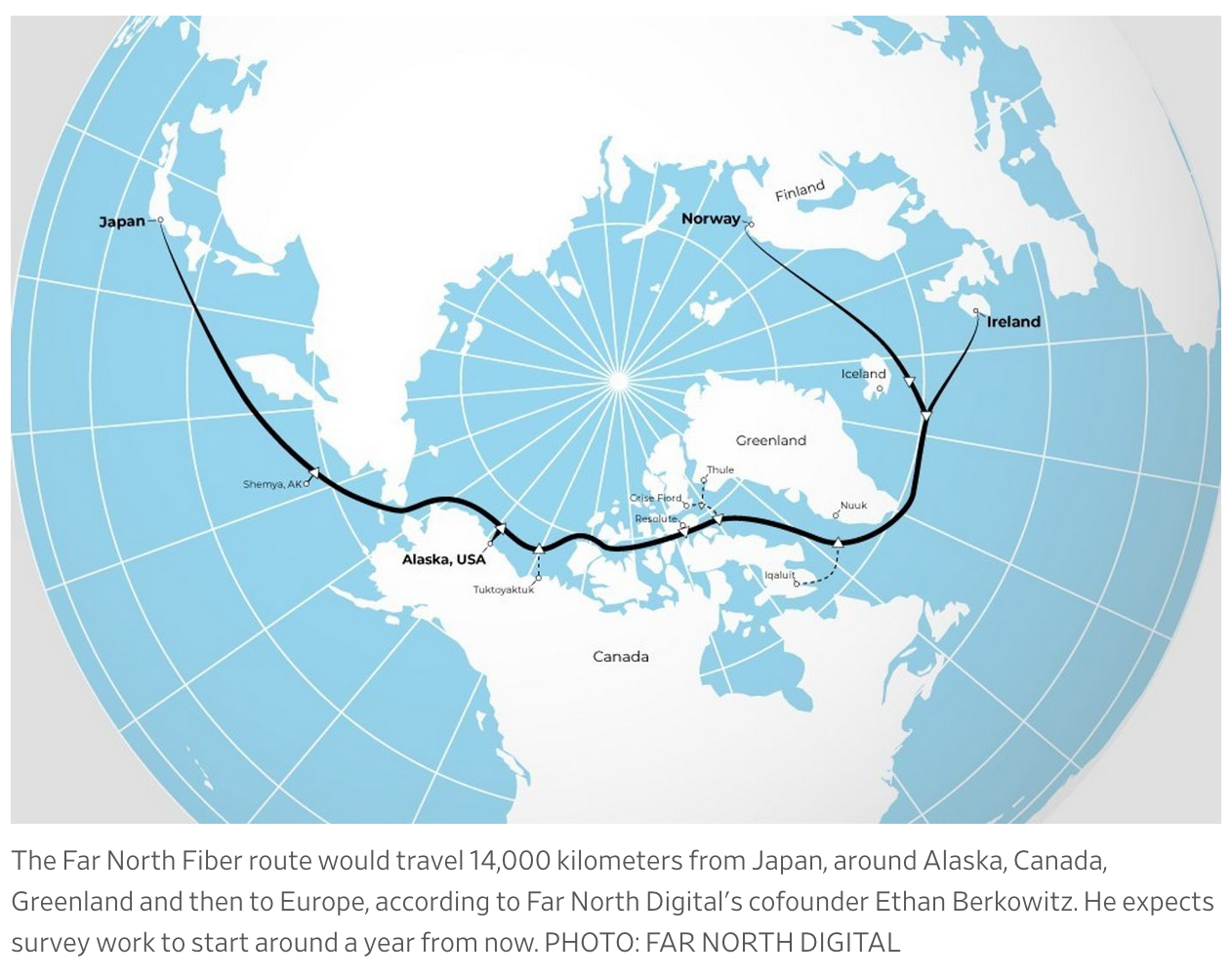
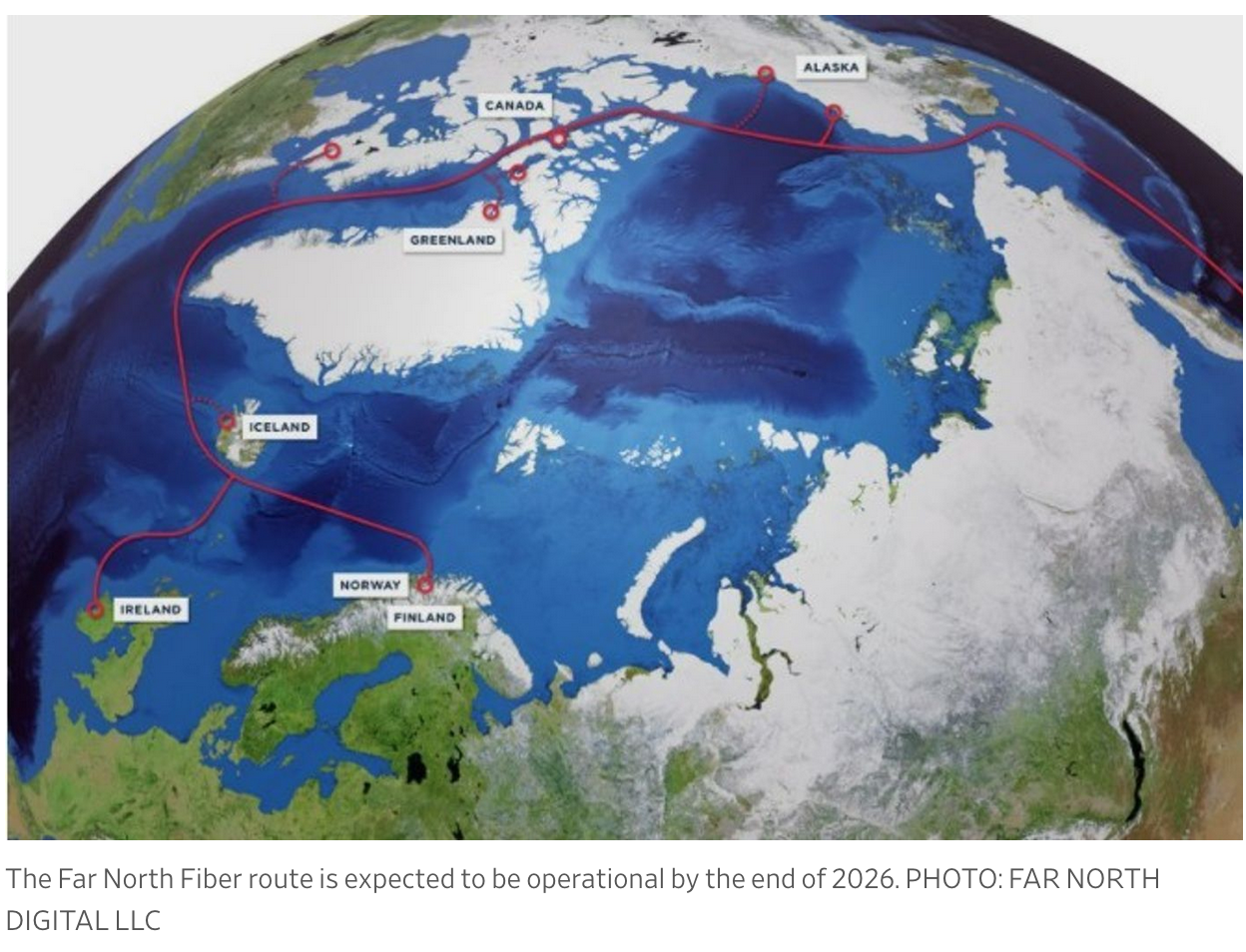
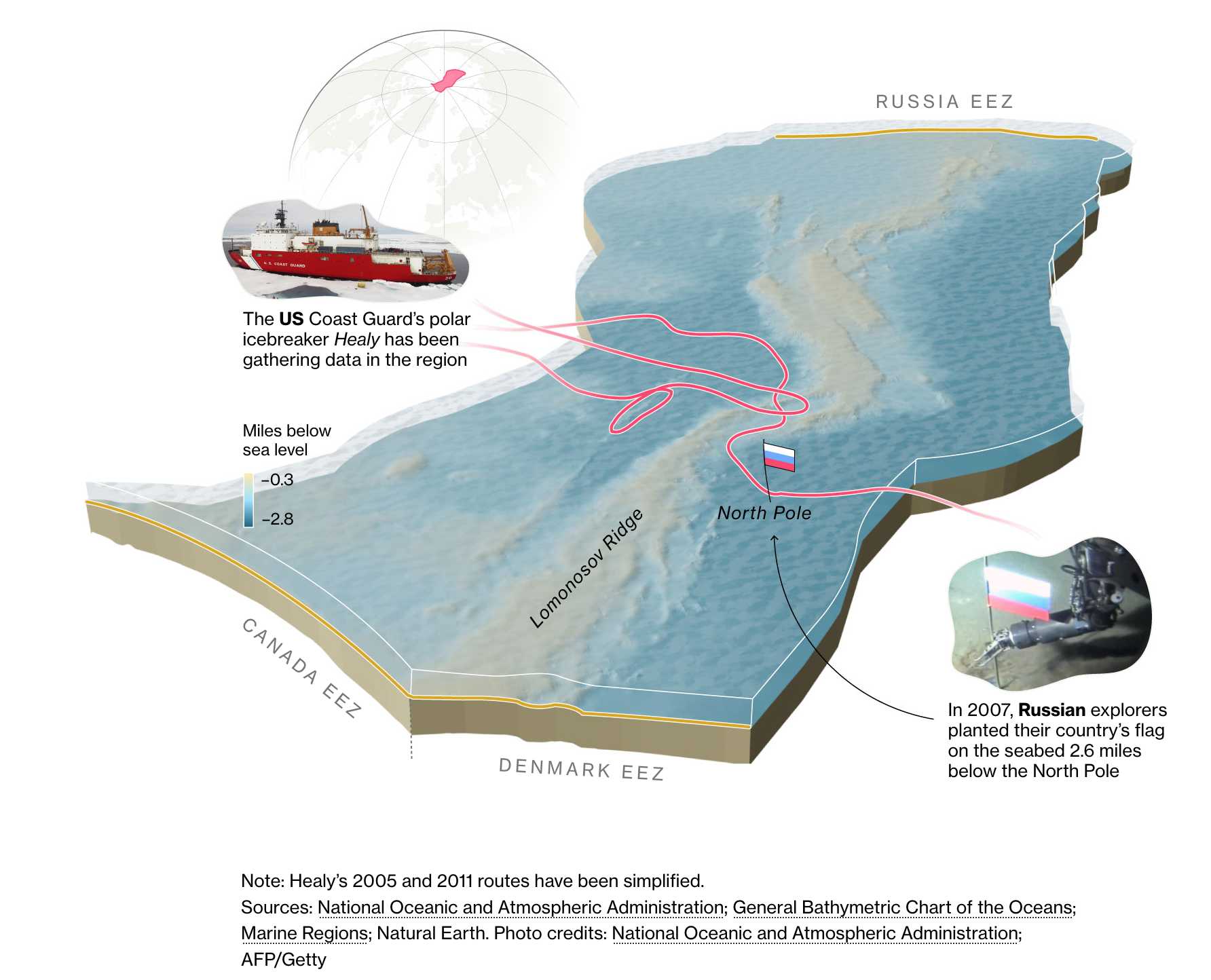
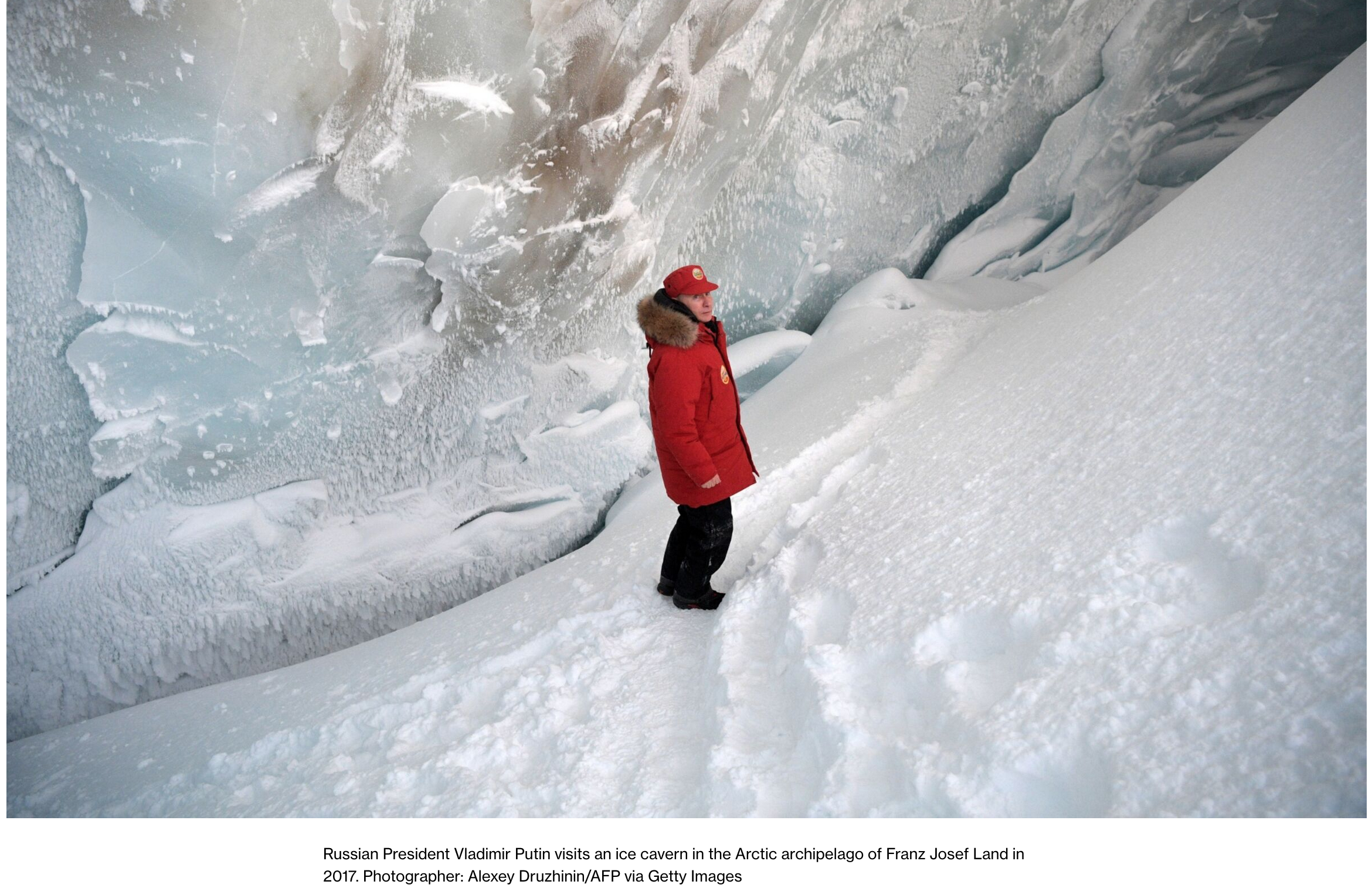
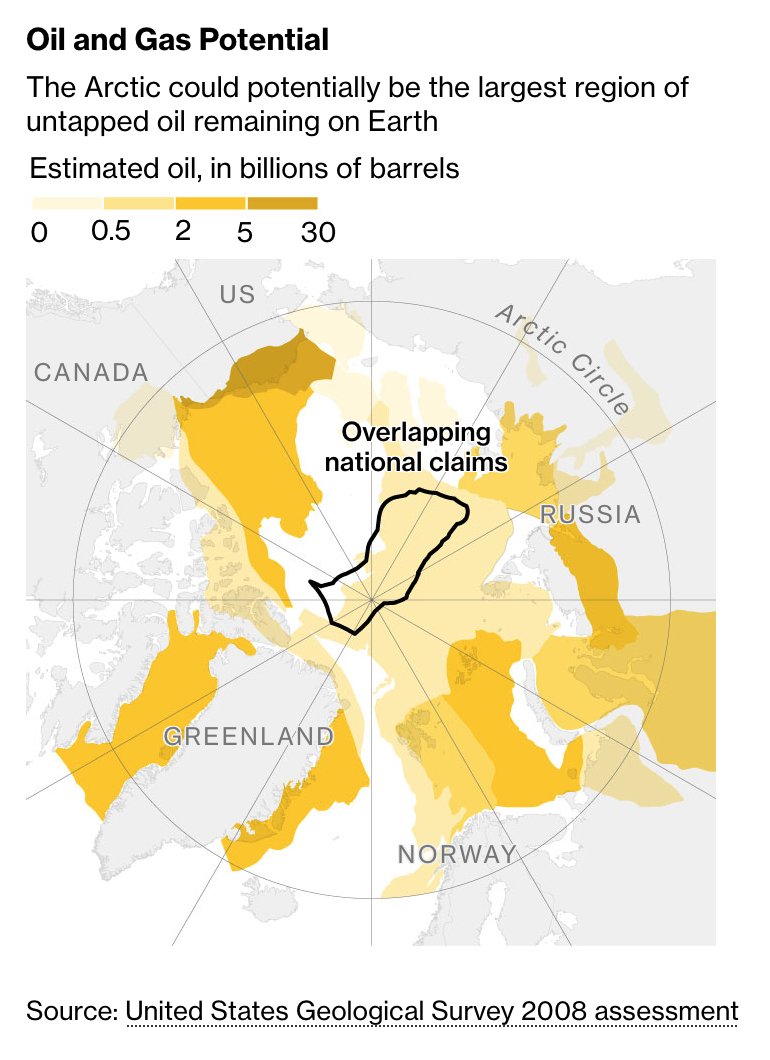
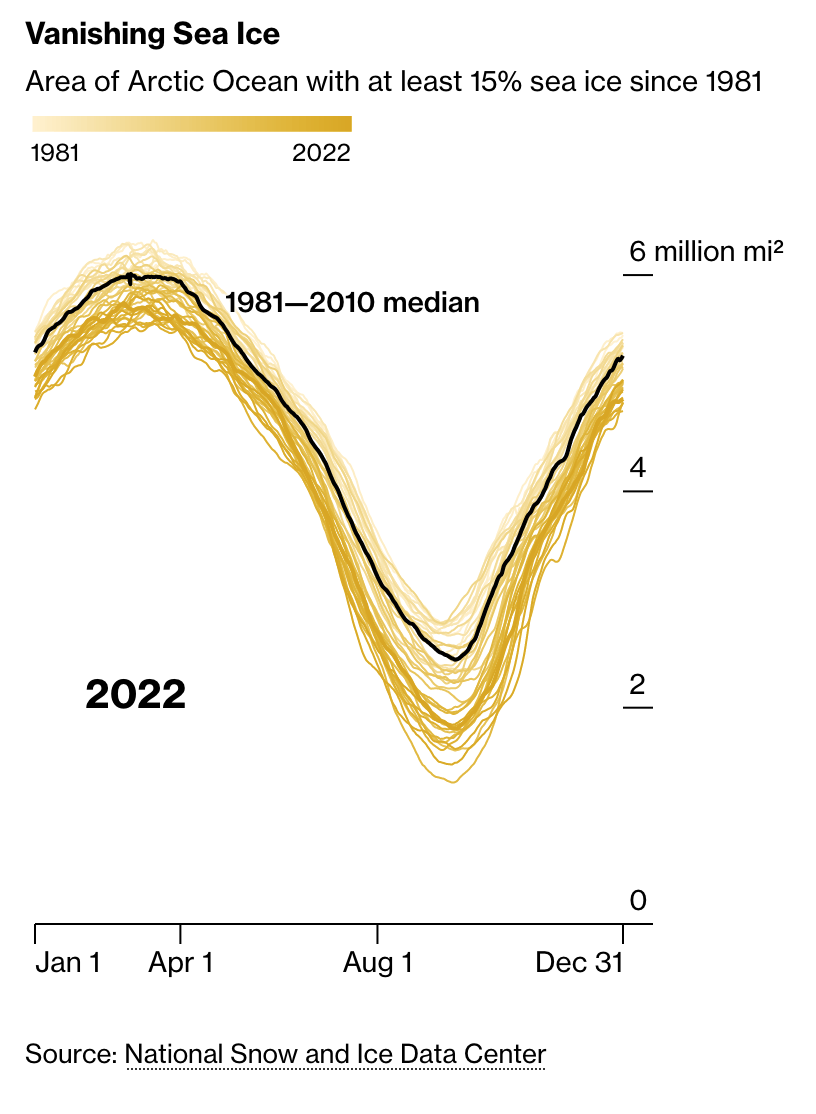
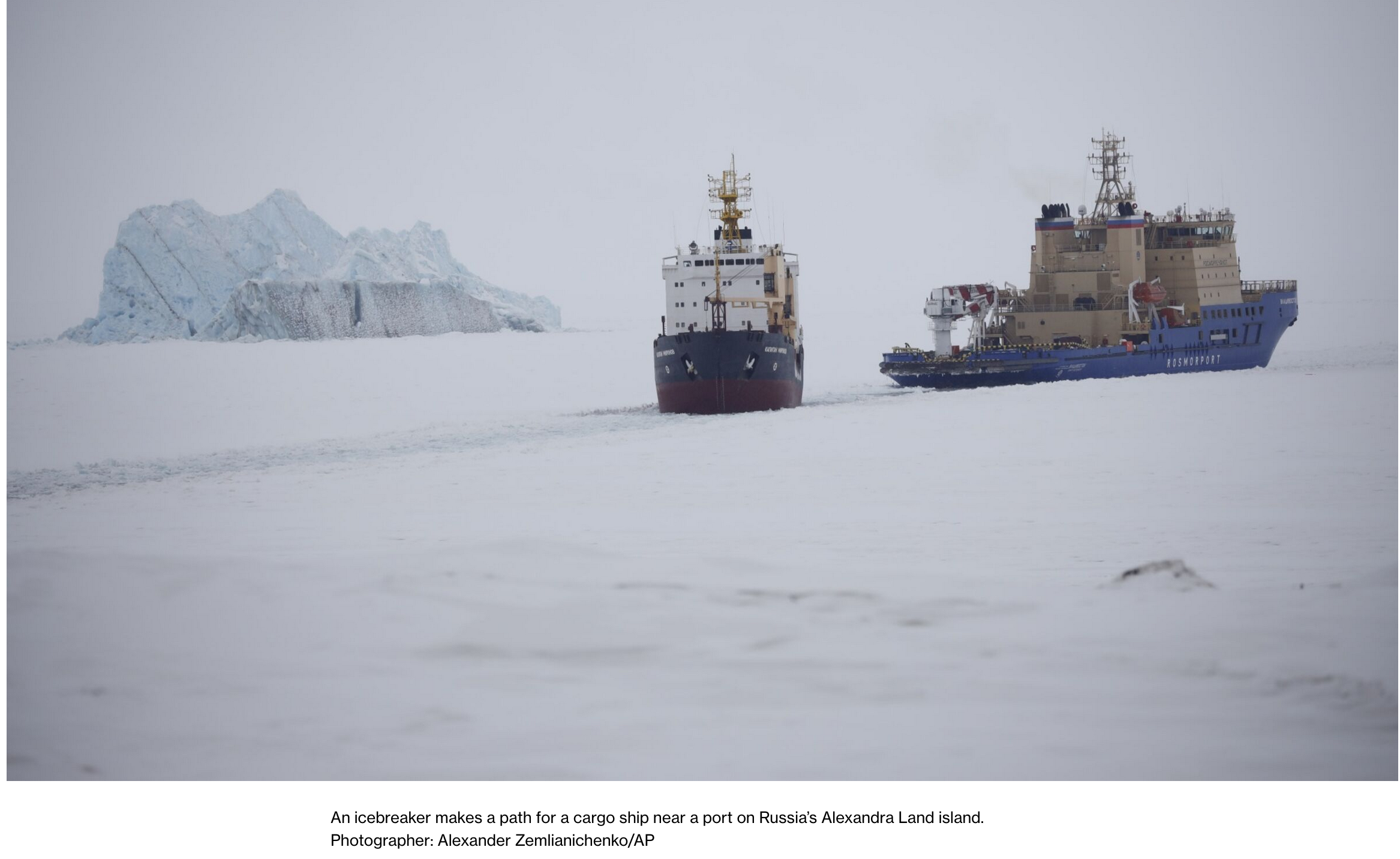
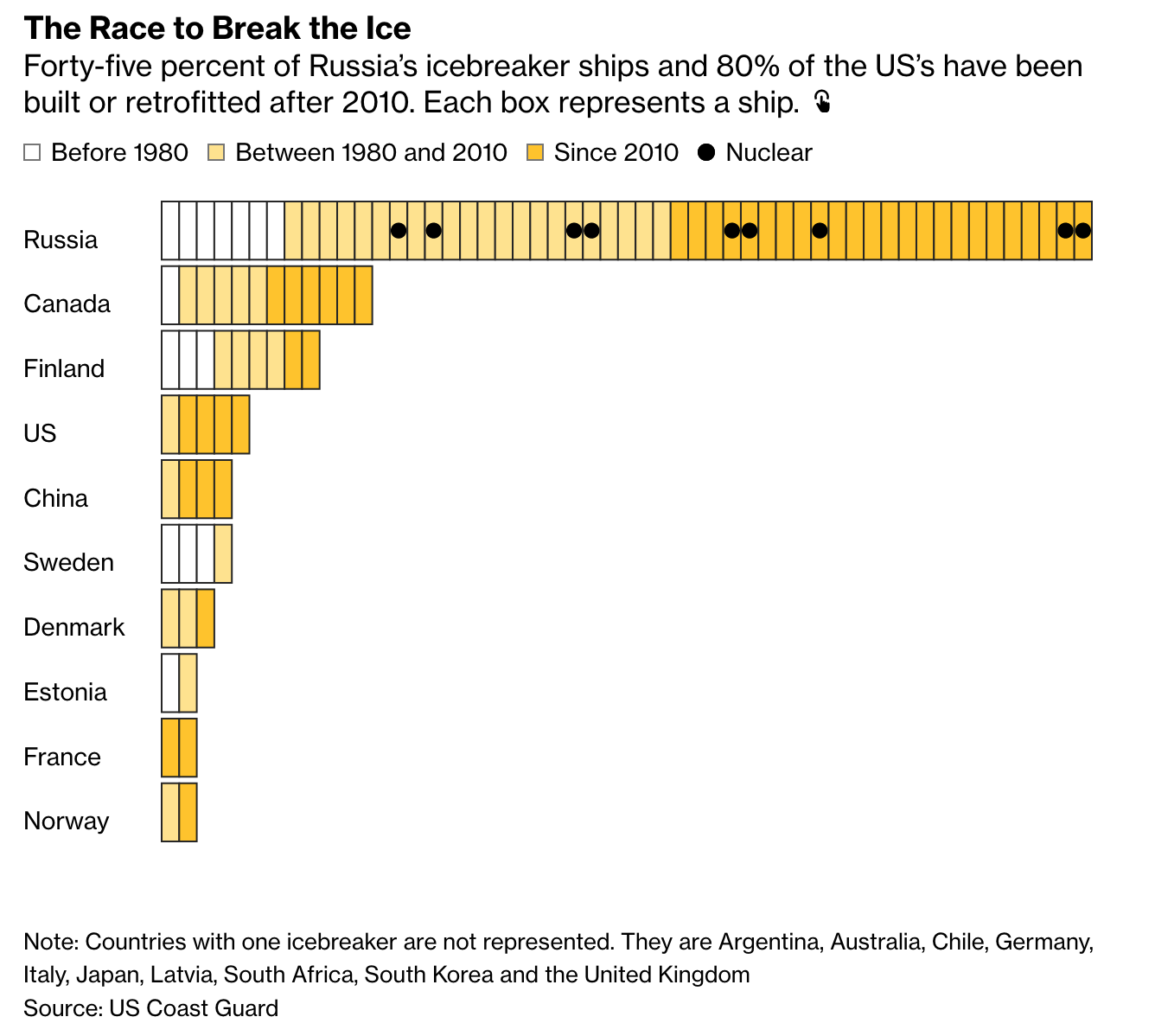
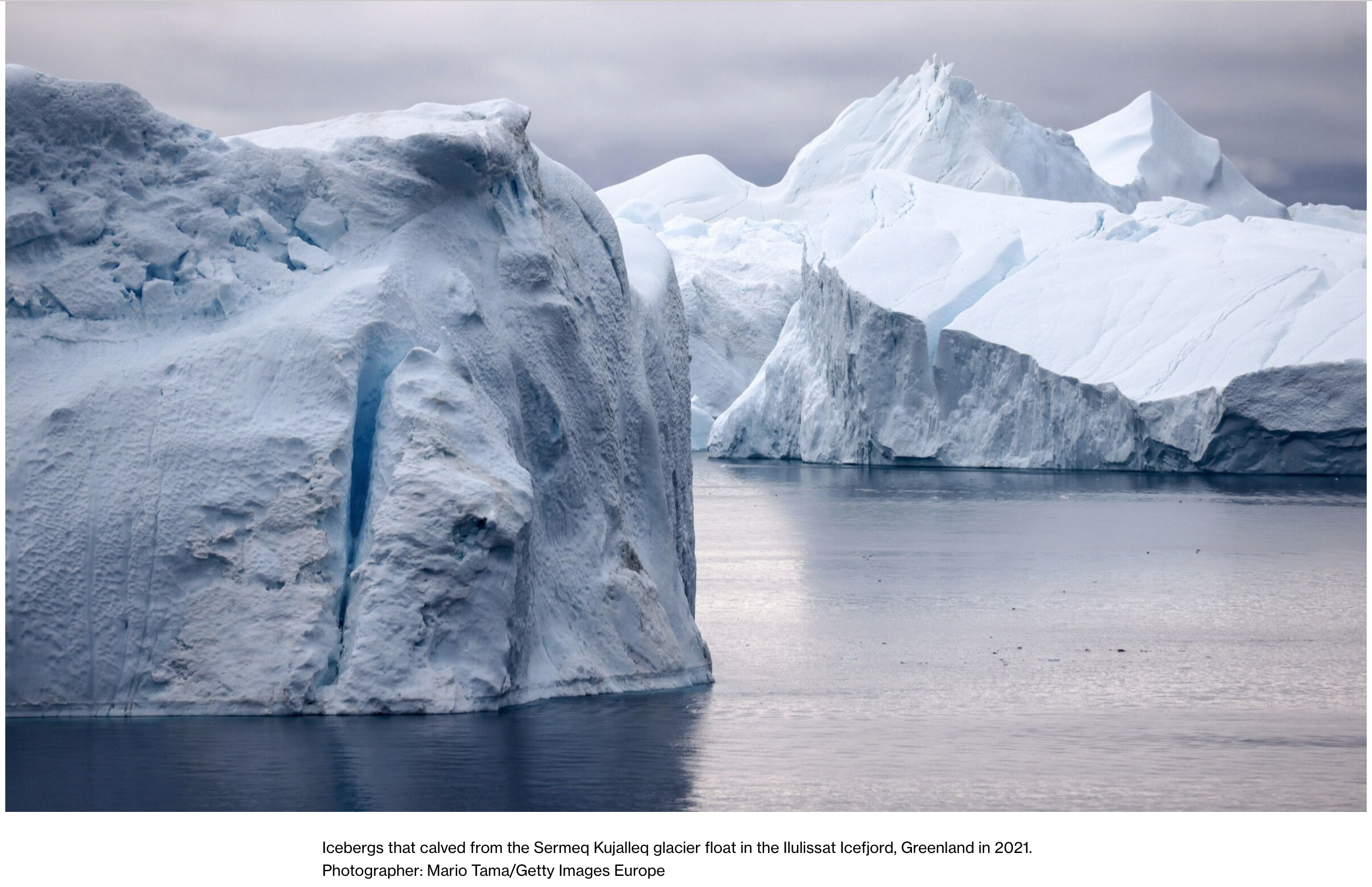
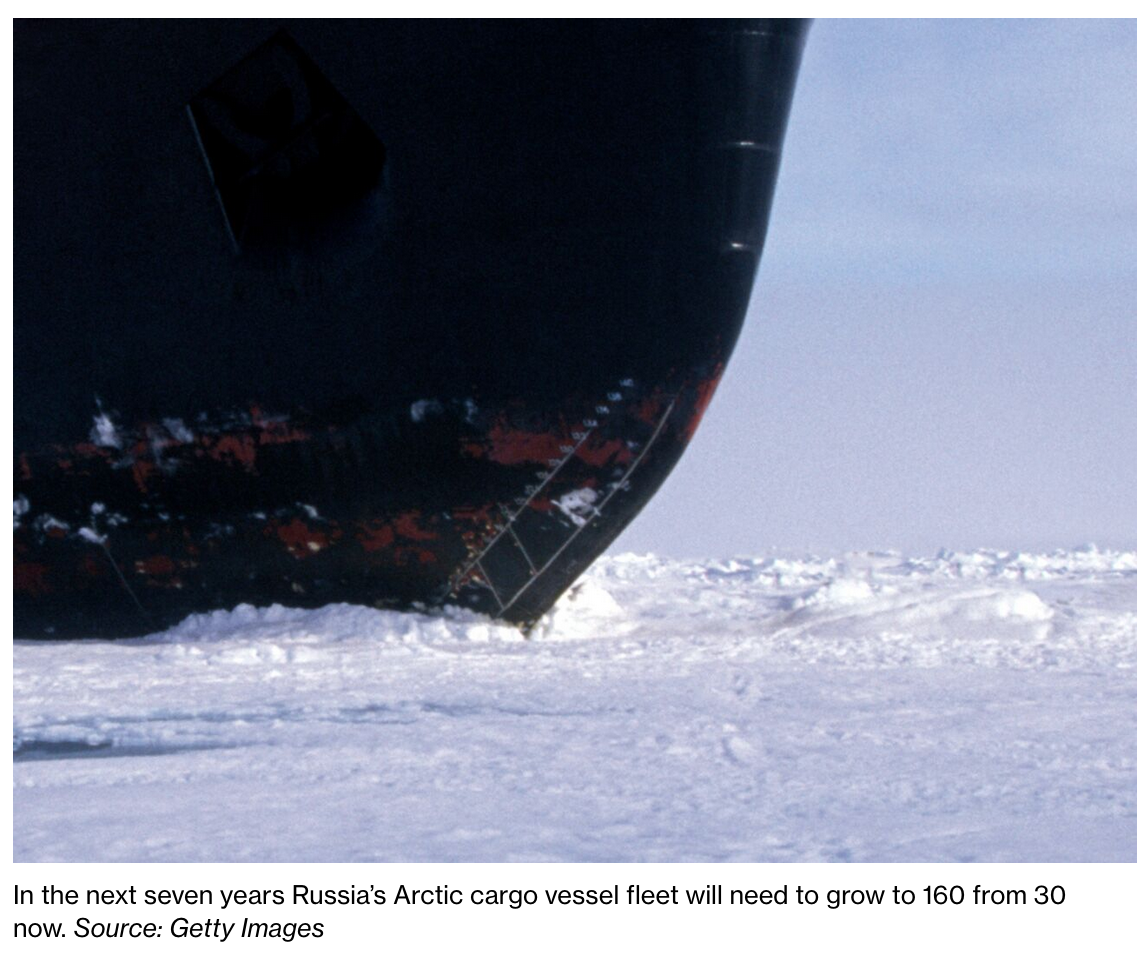
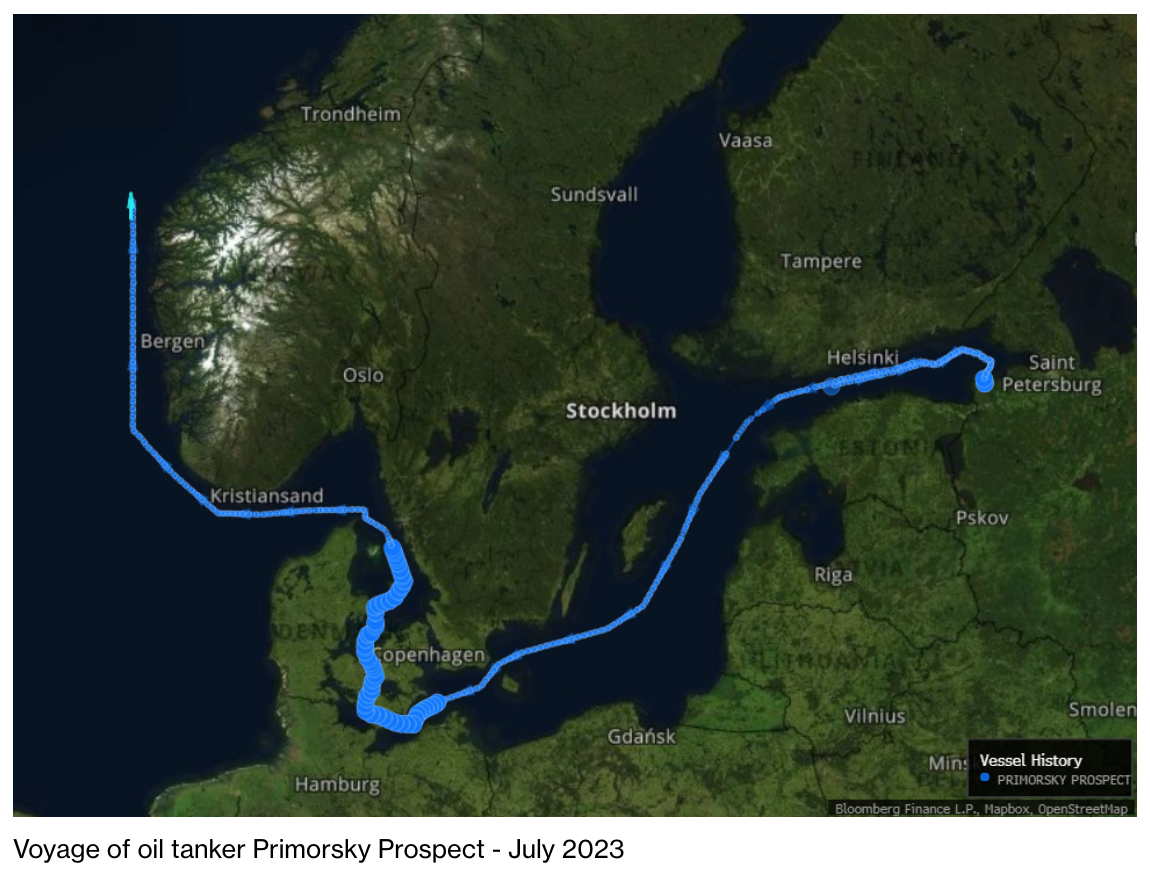
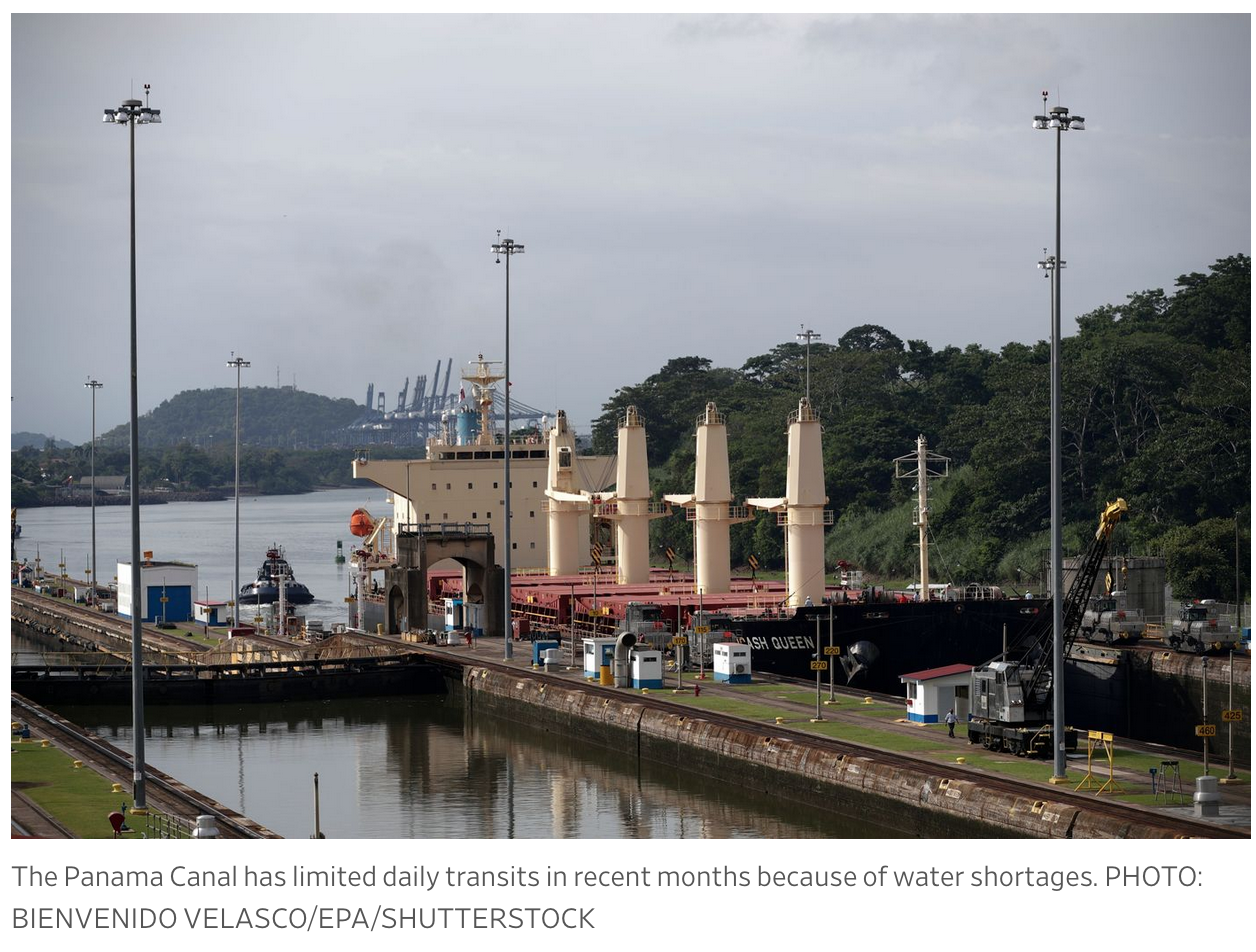
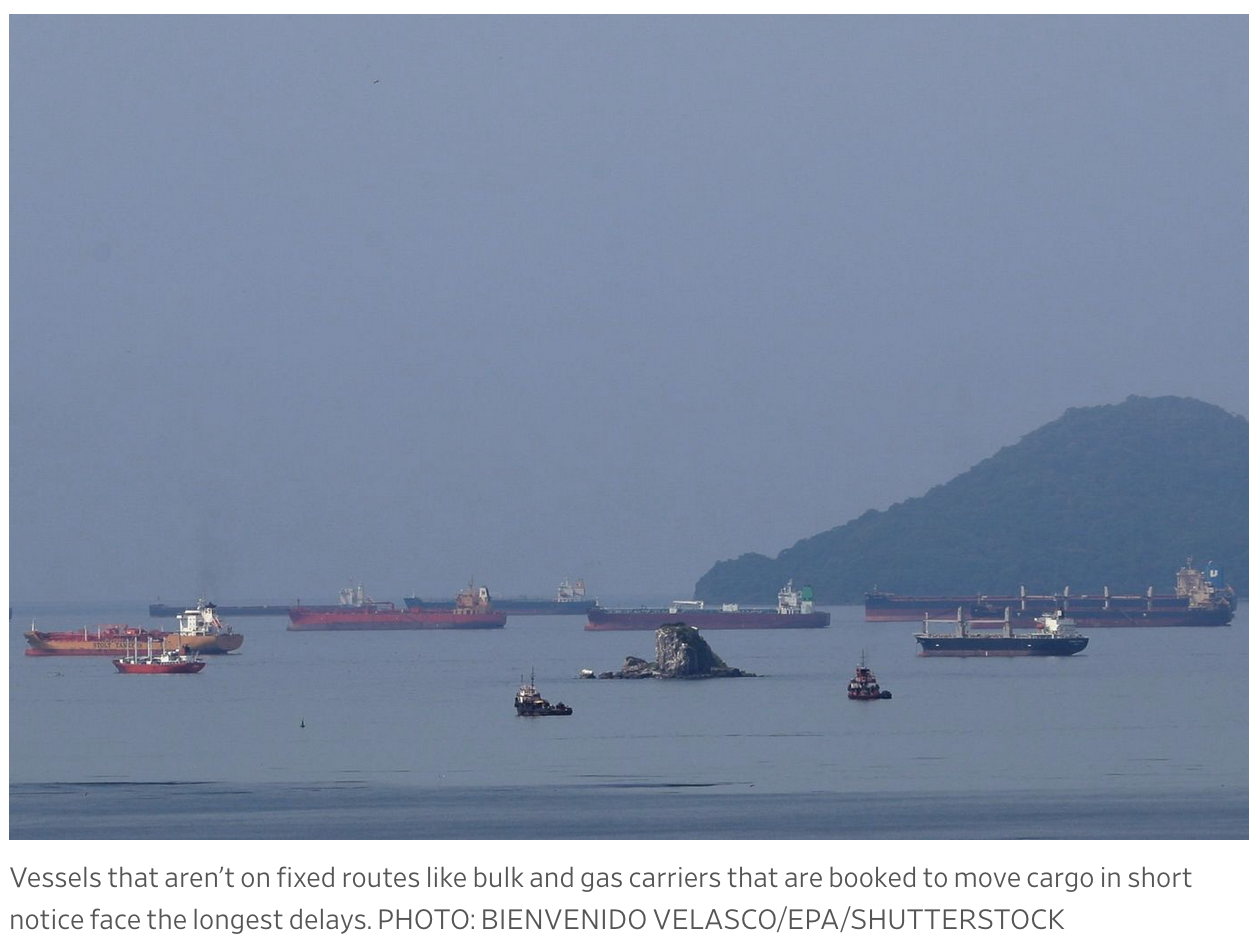
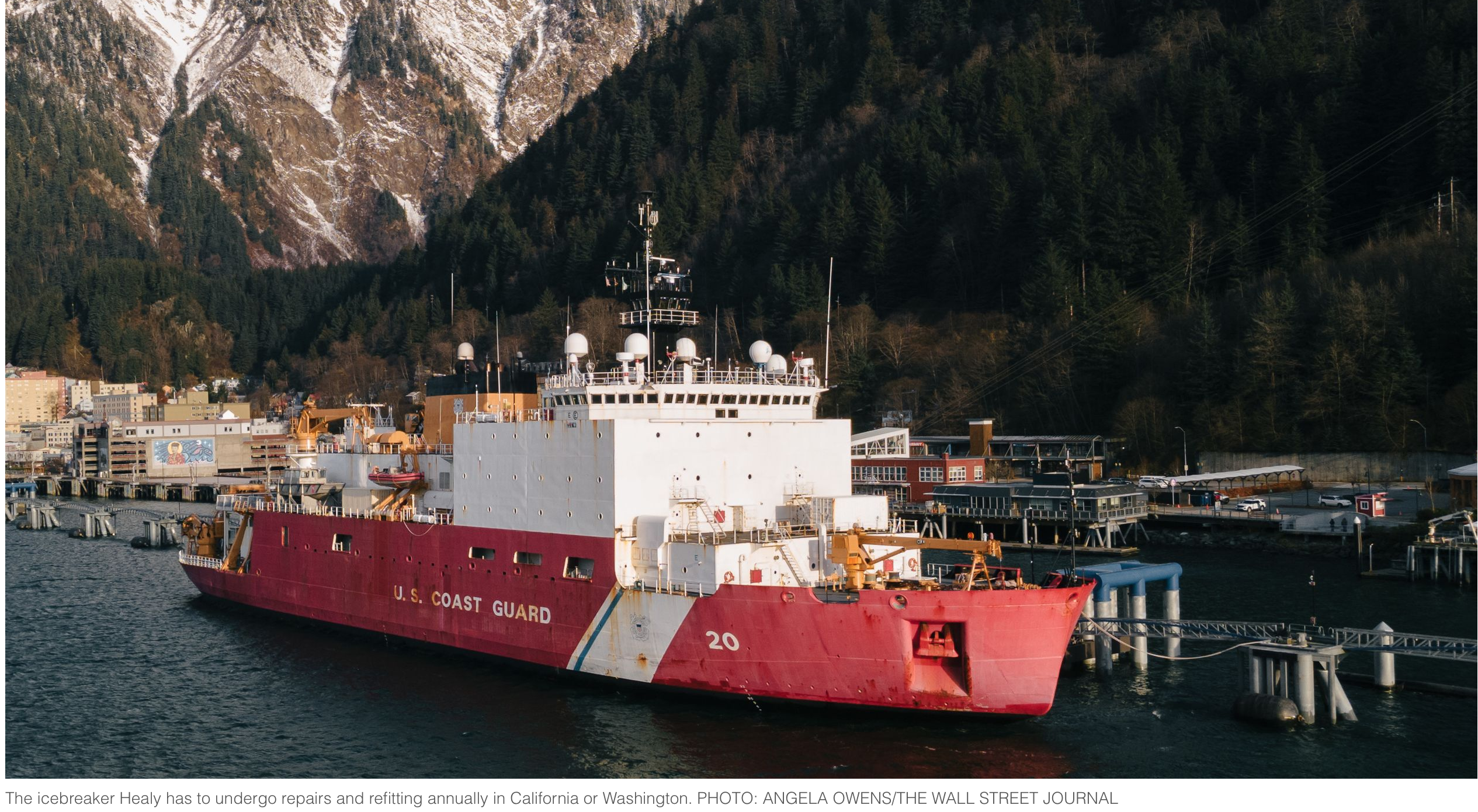



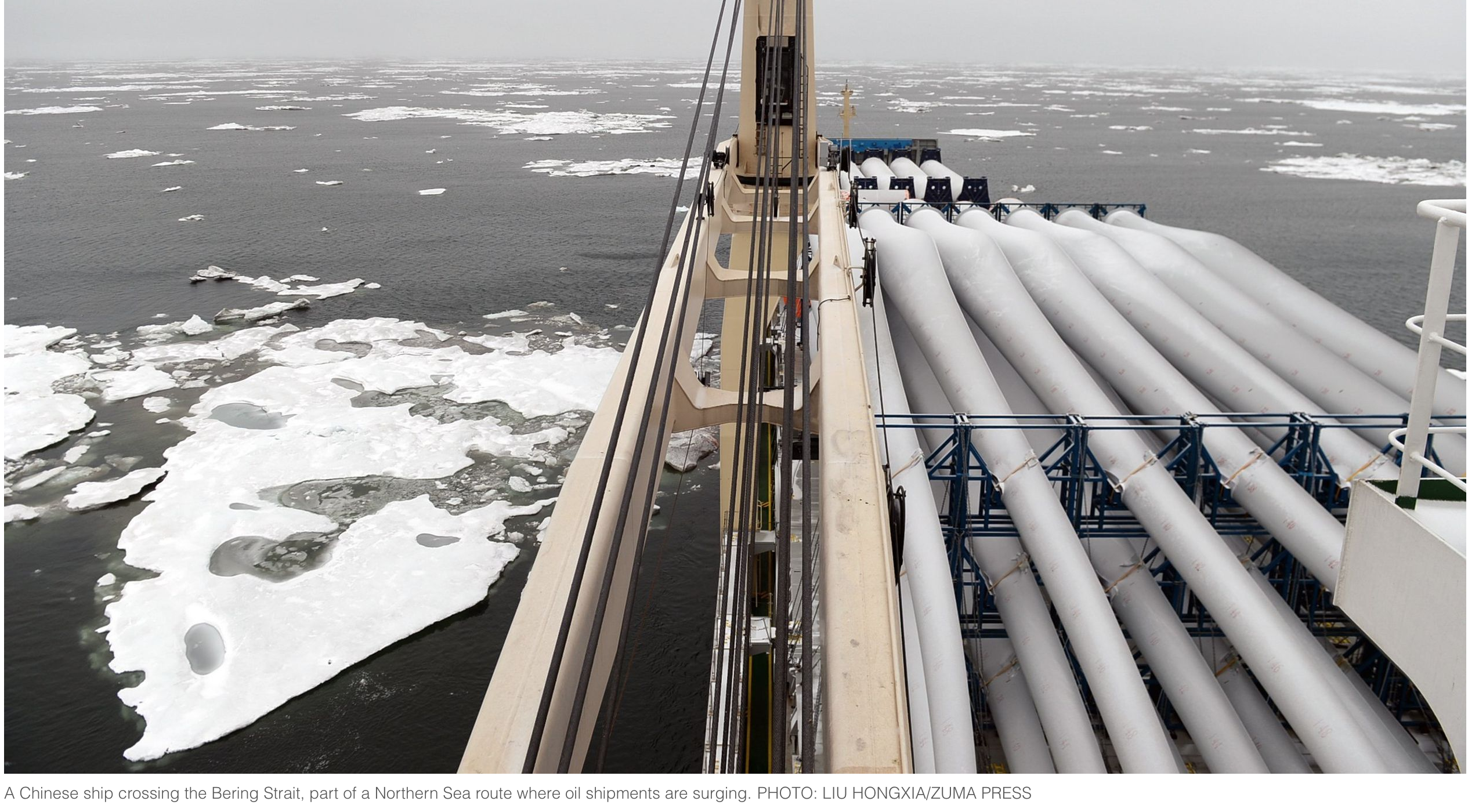
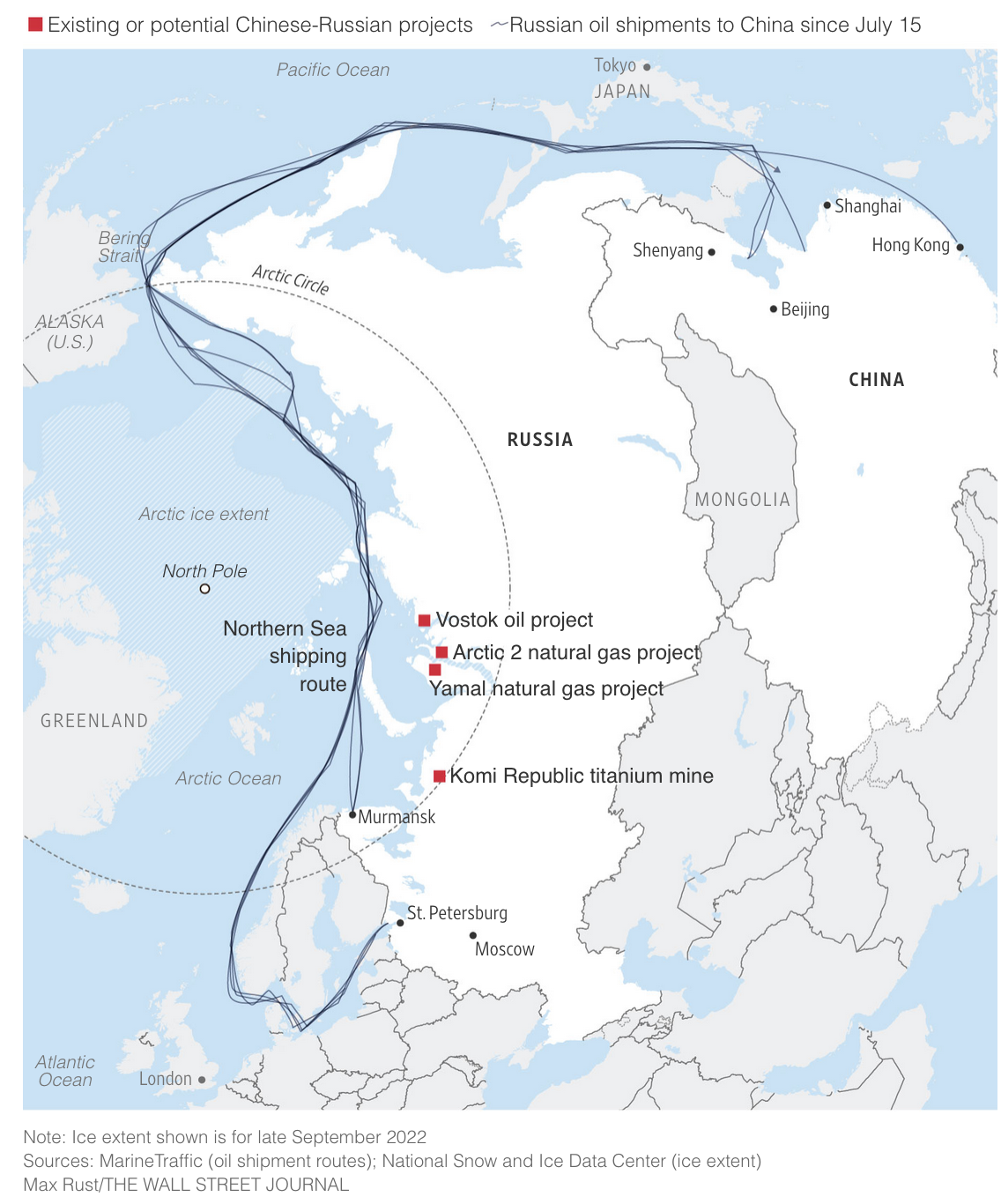
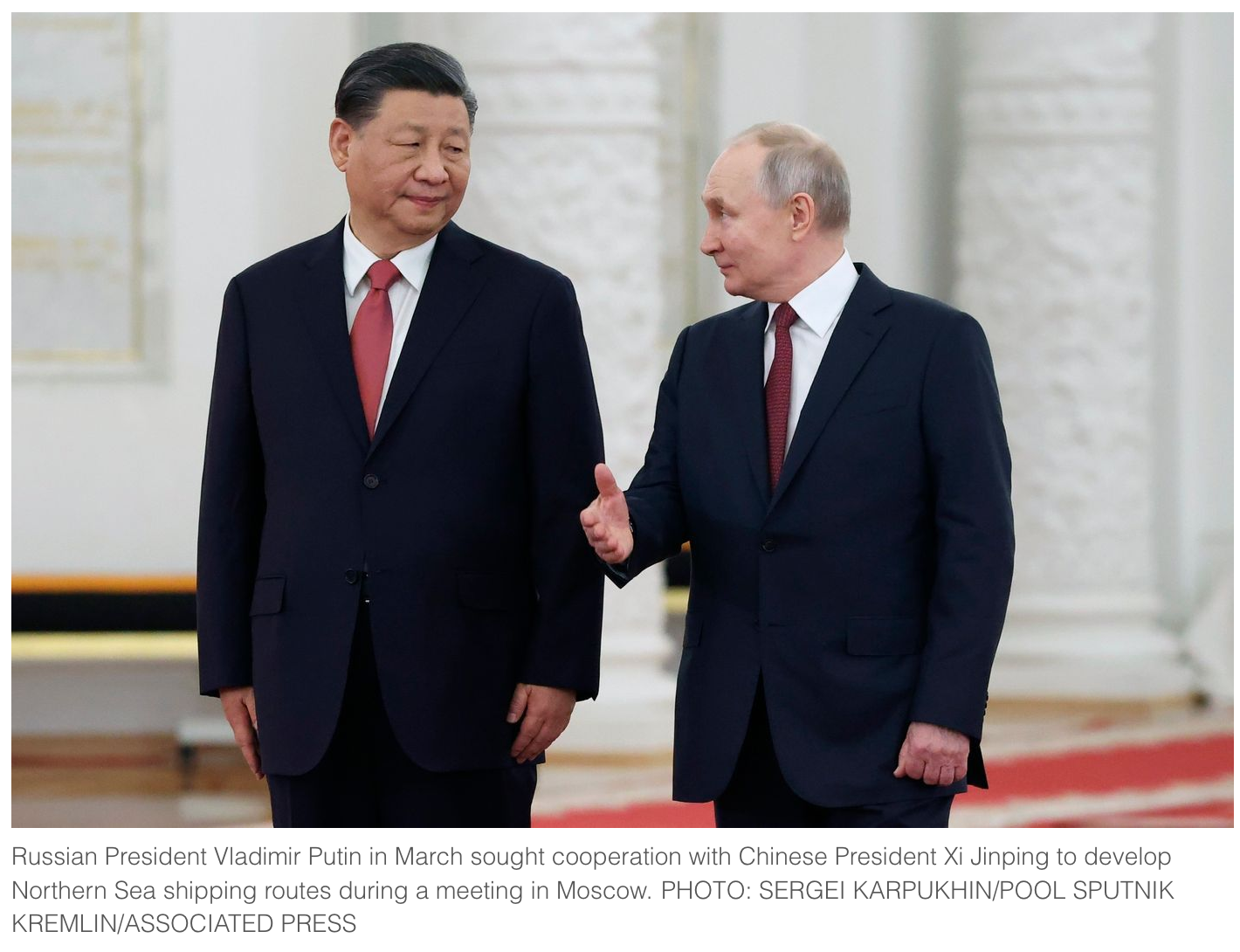

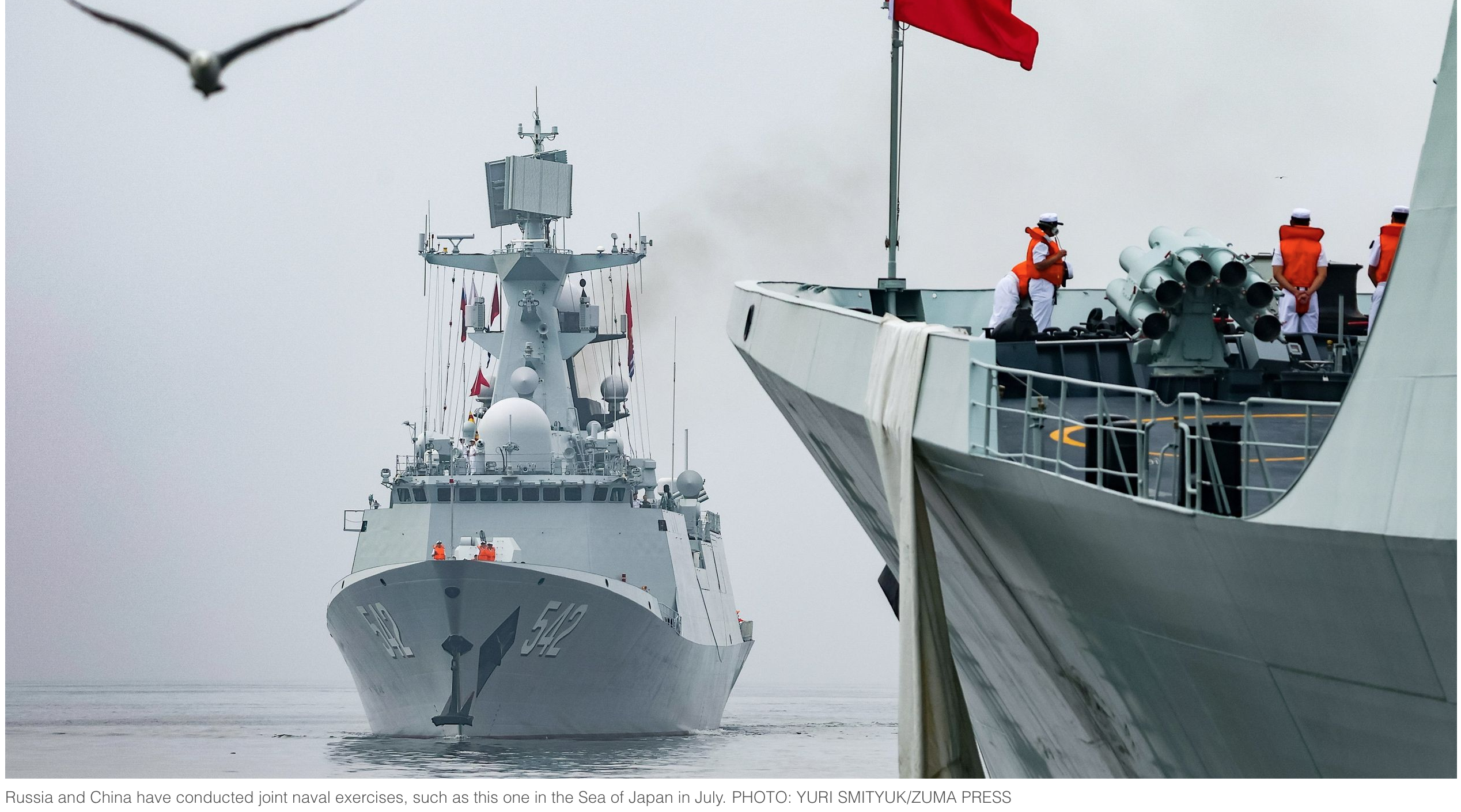
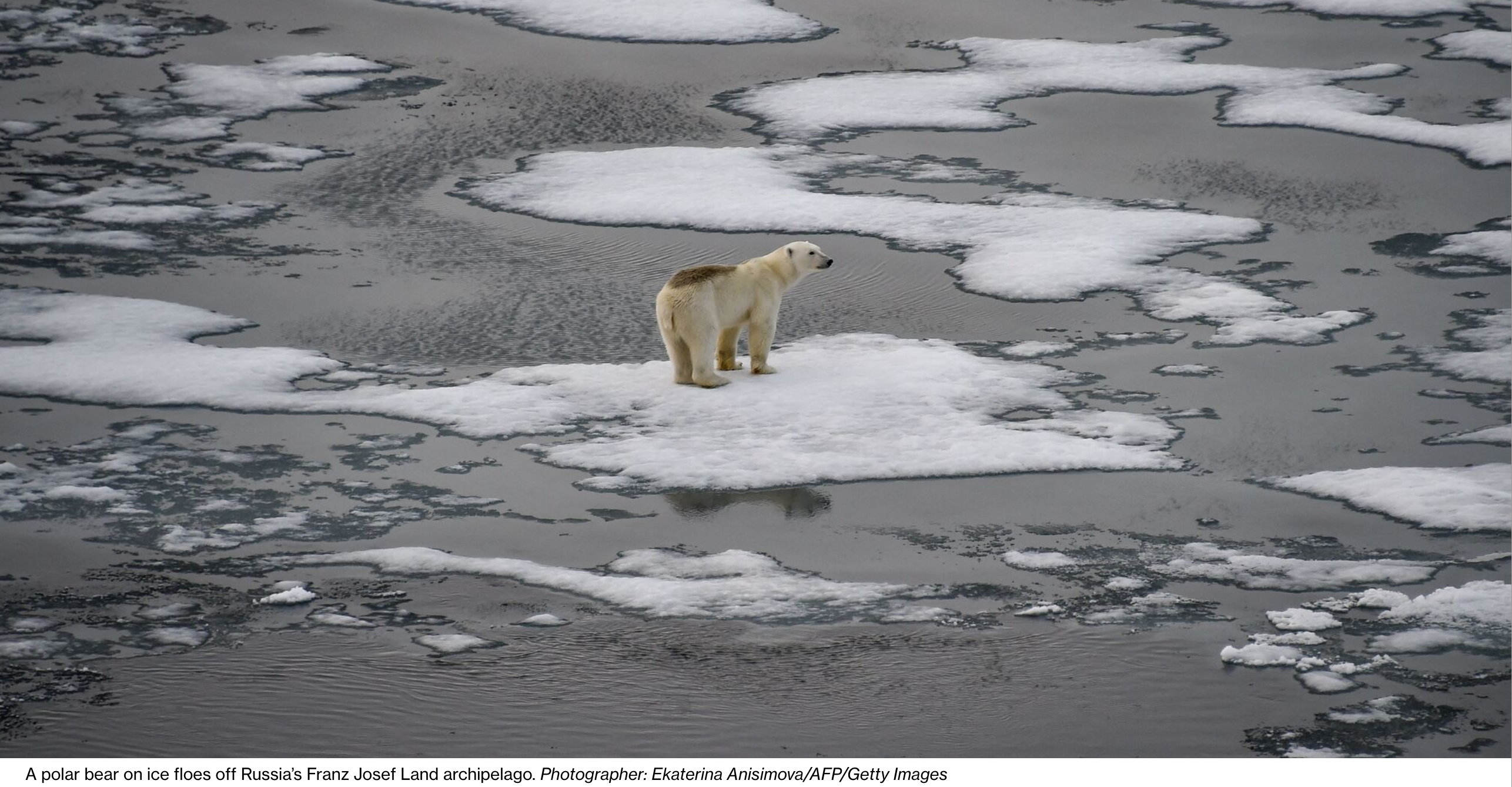
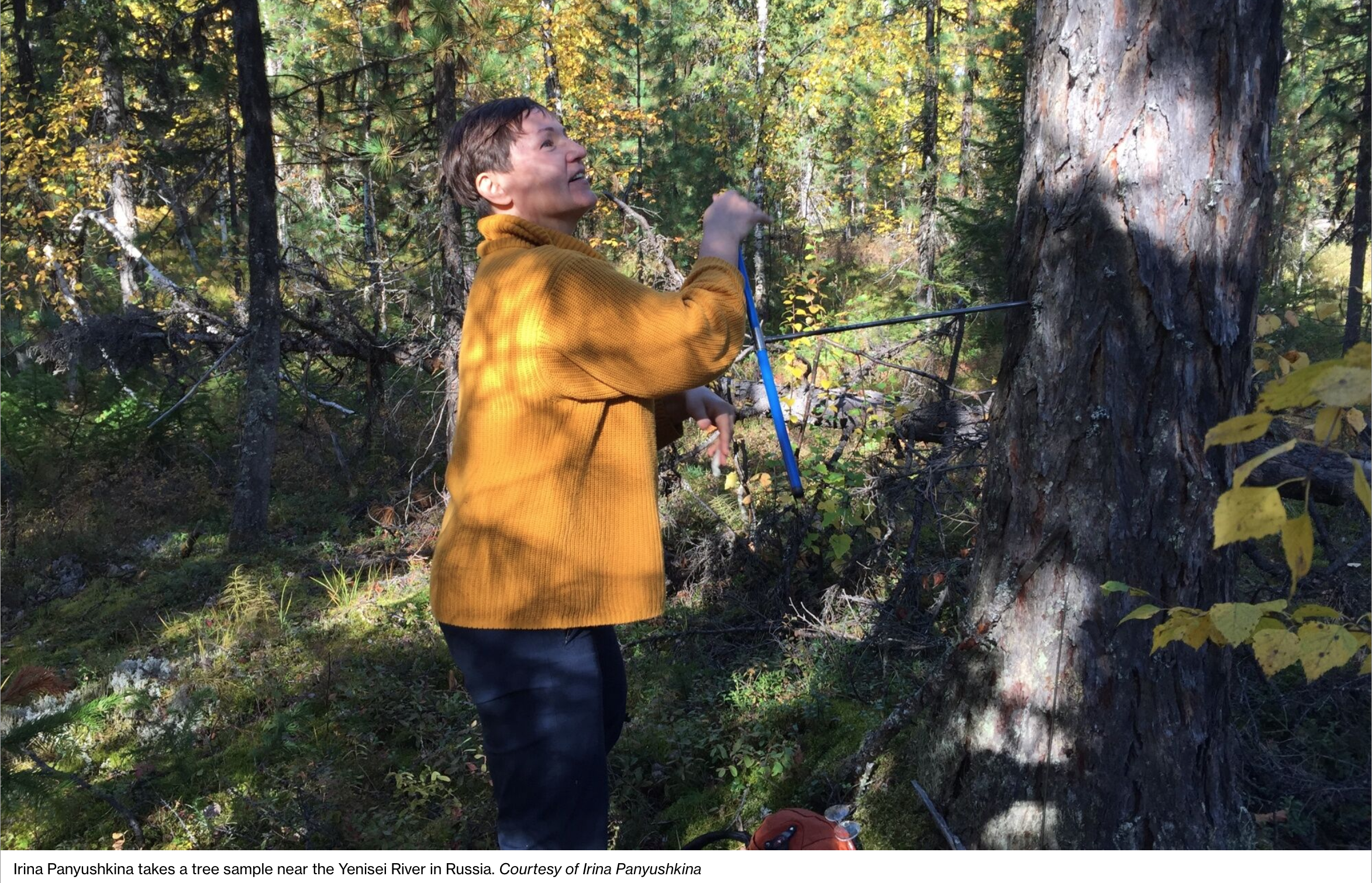
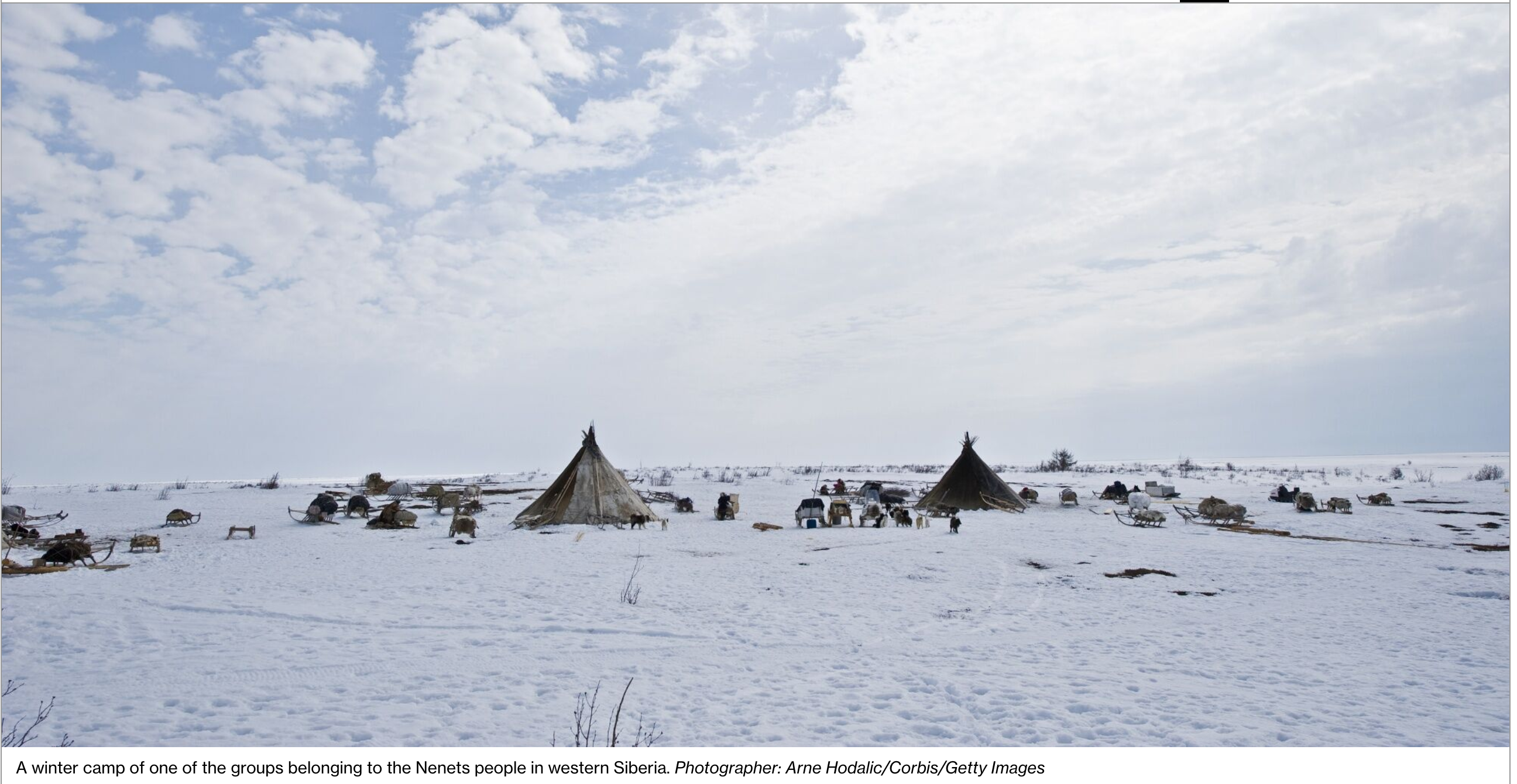

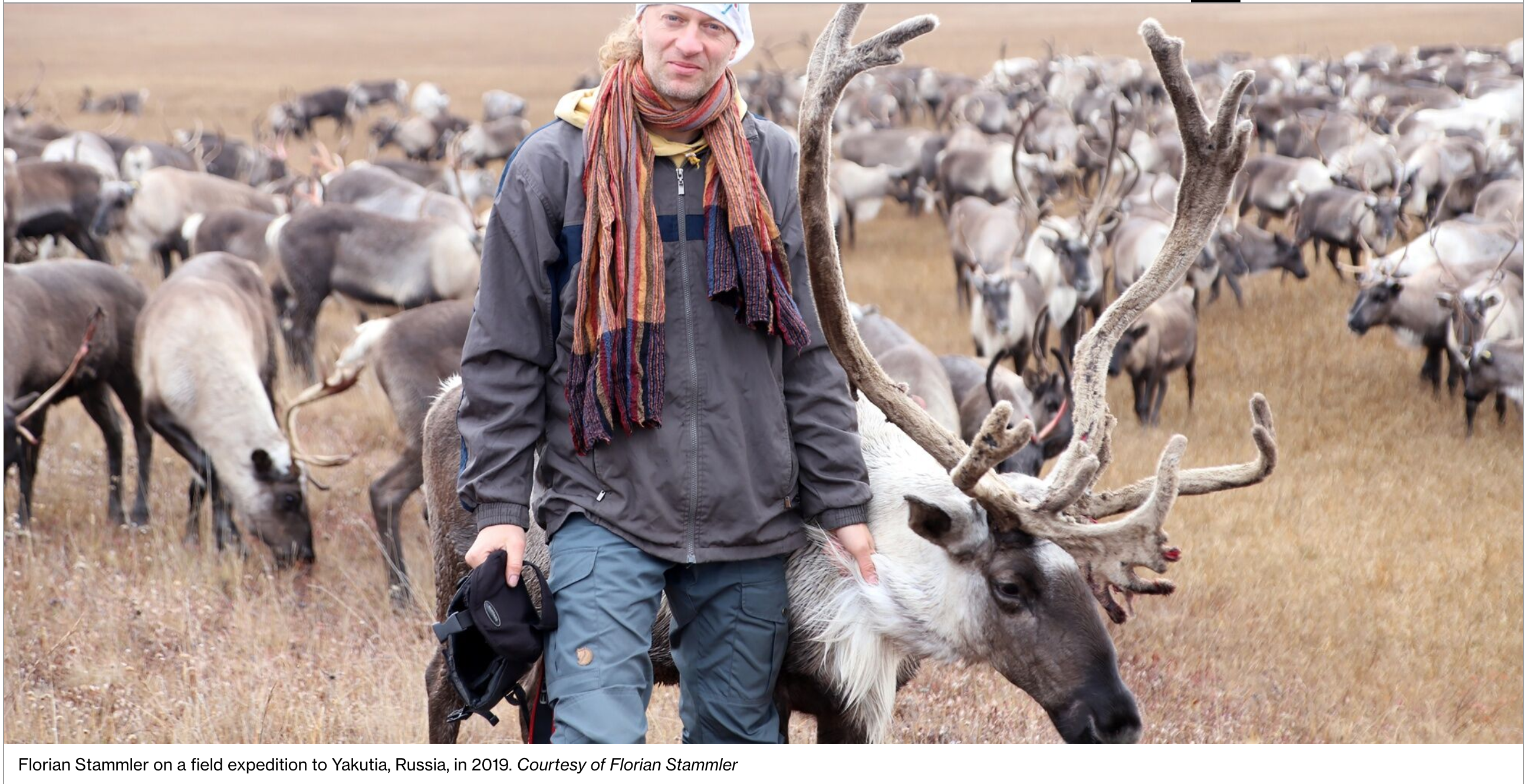

Leave a Reply
You must be logged in to post a comment.